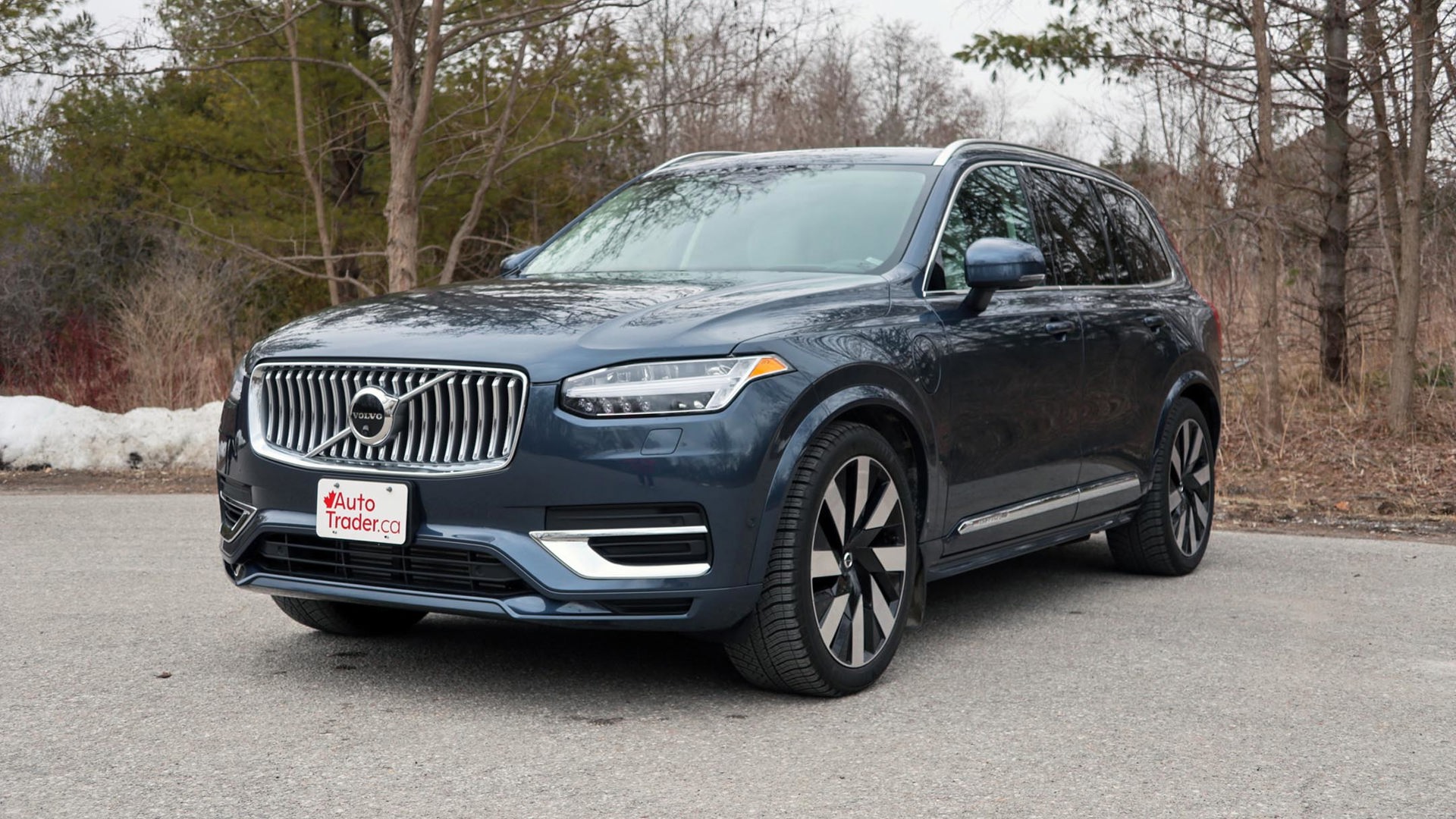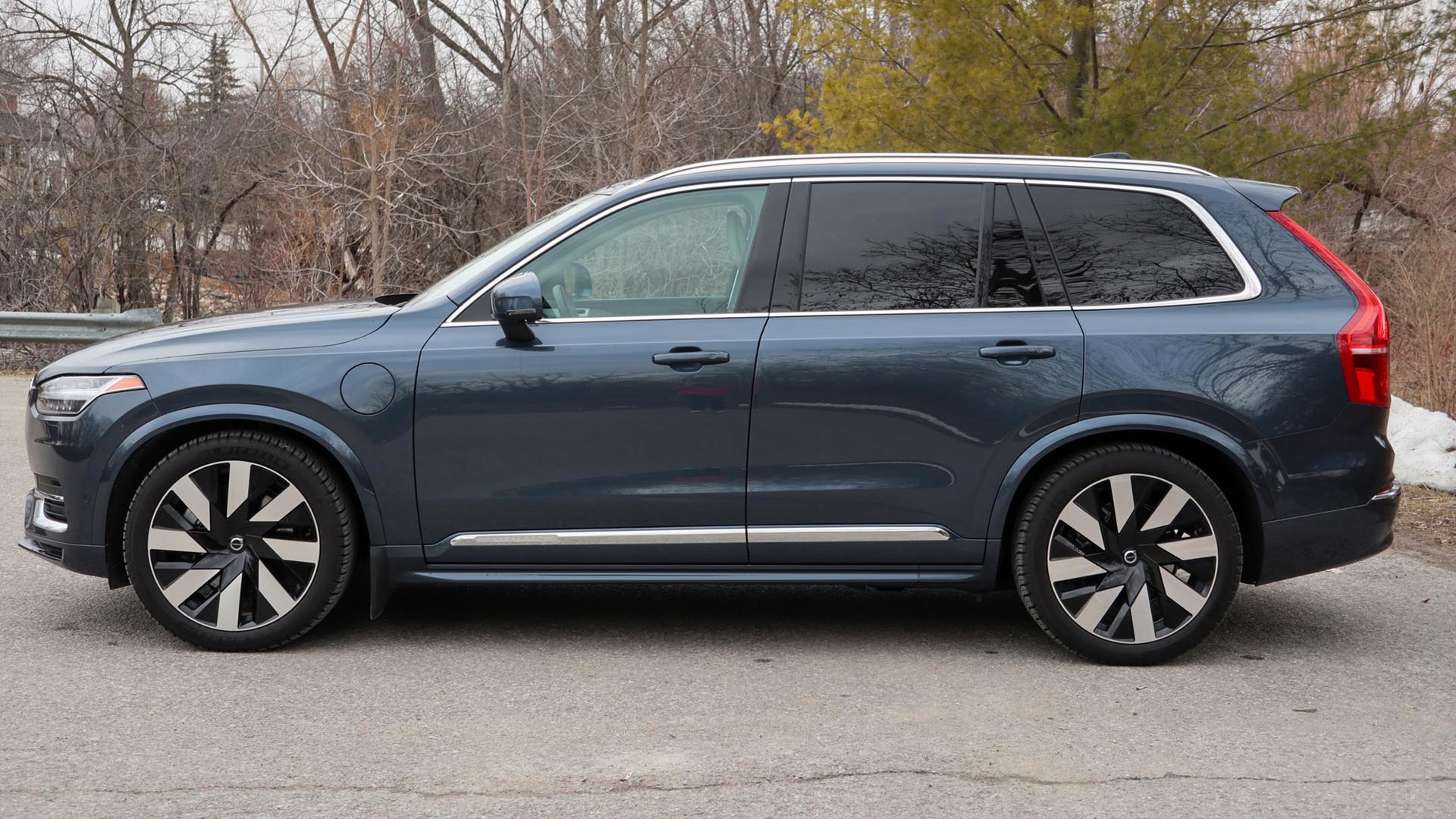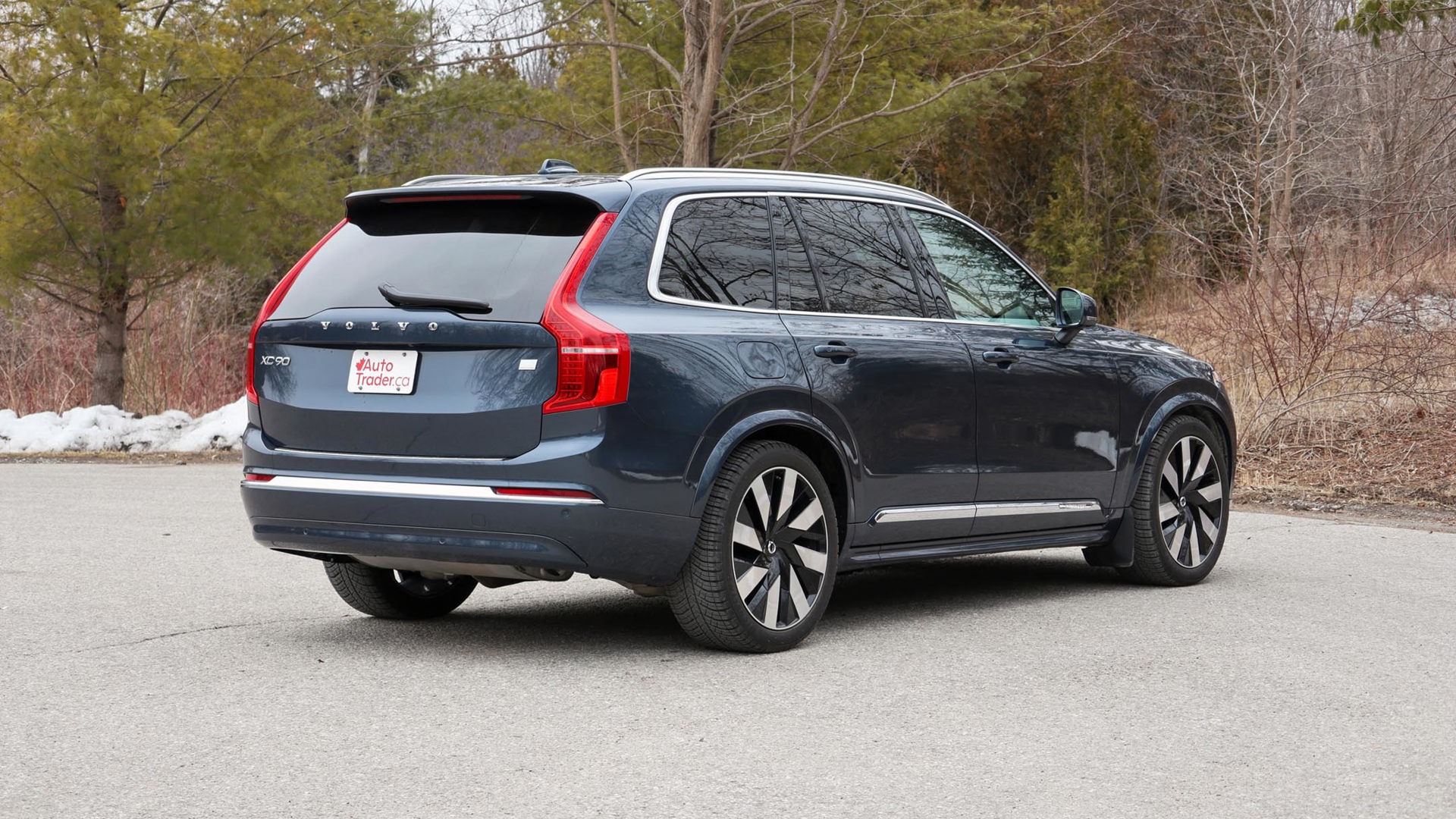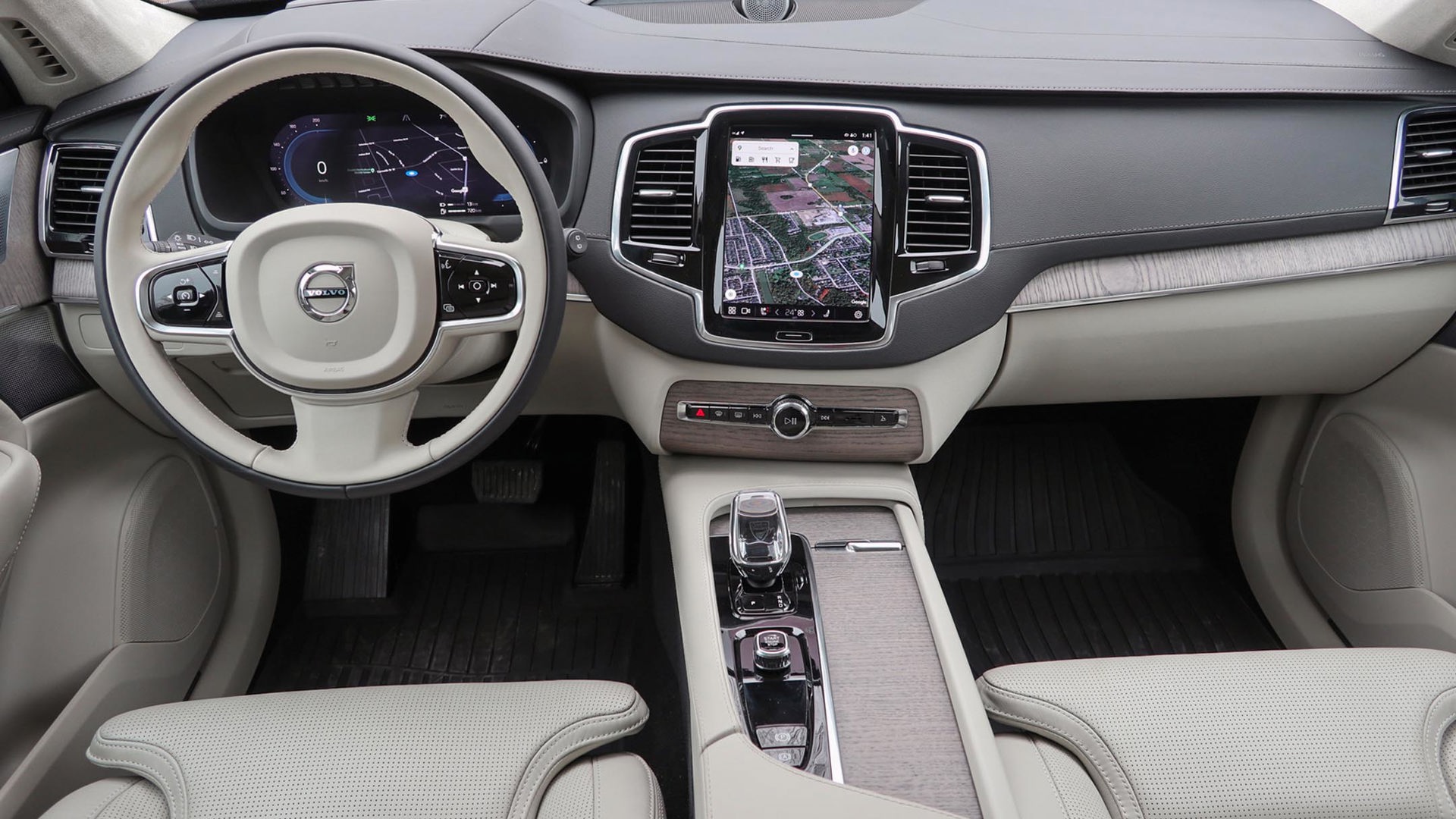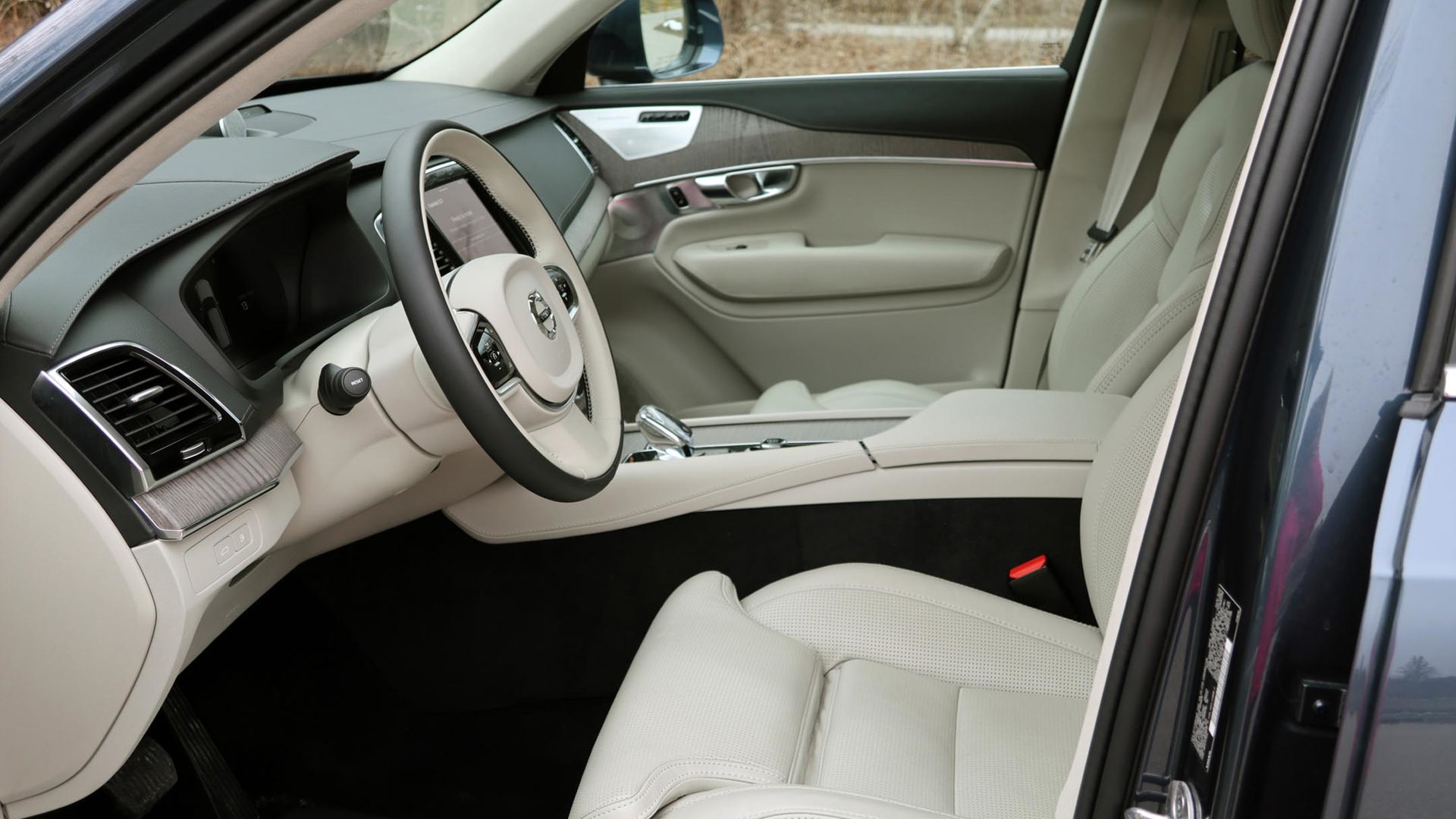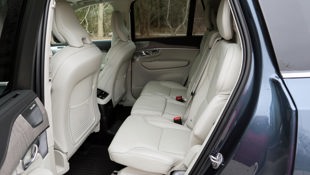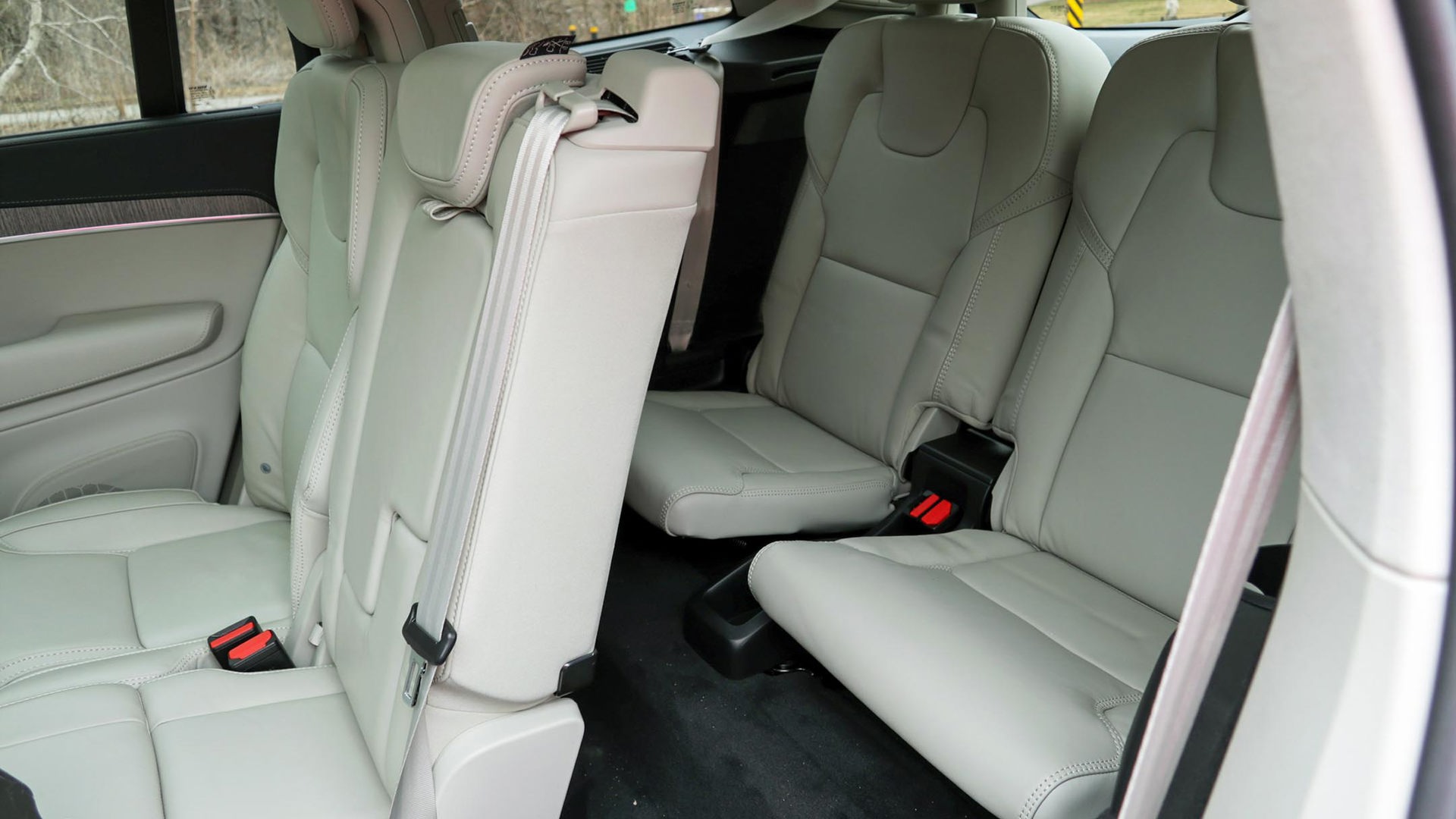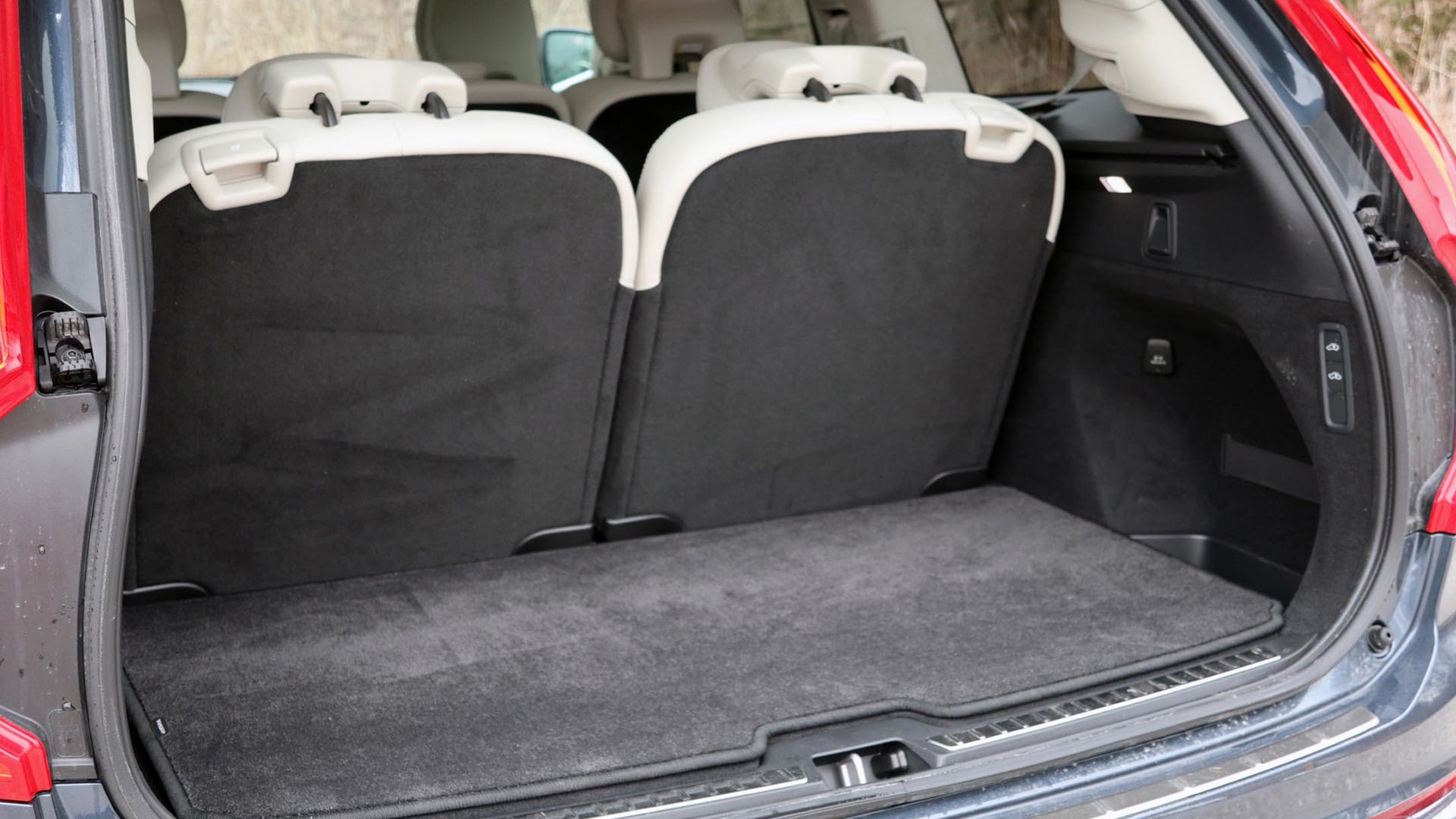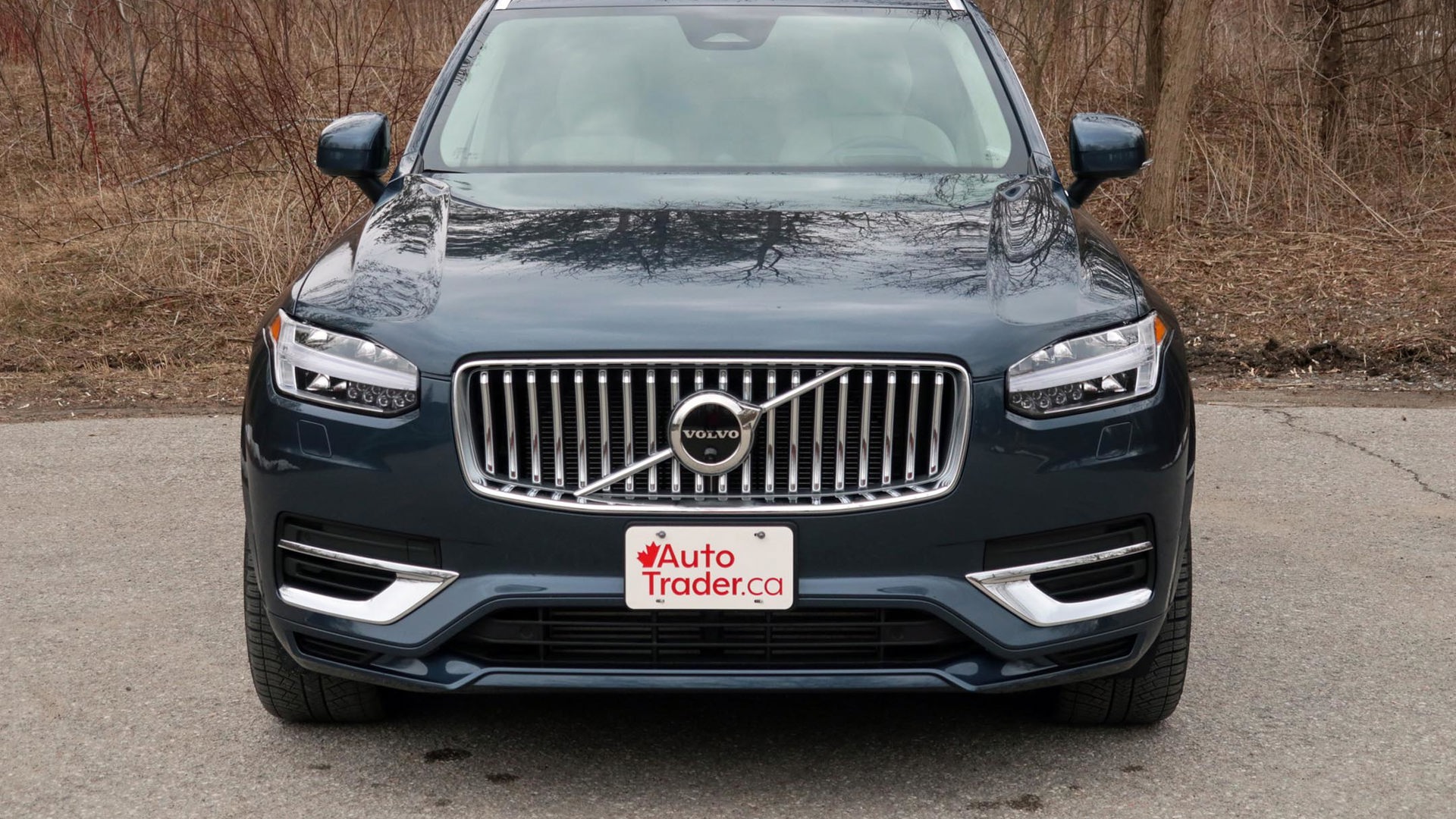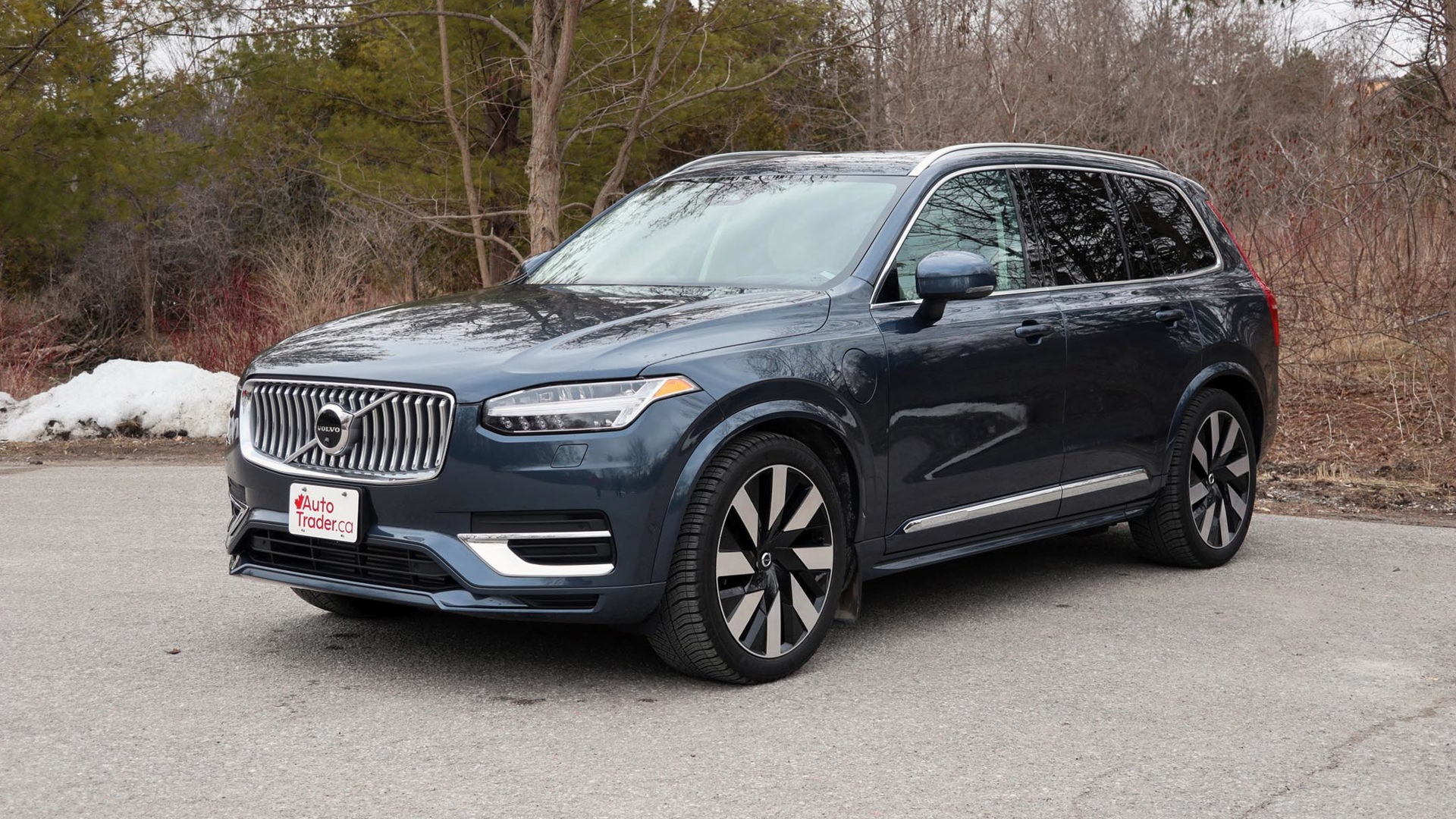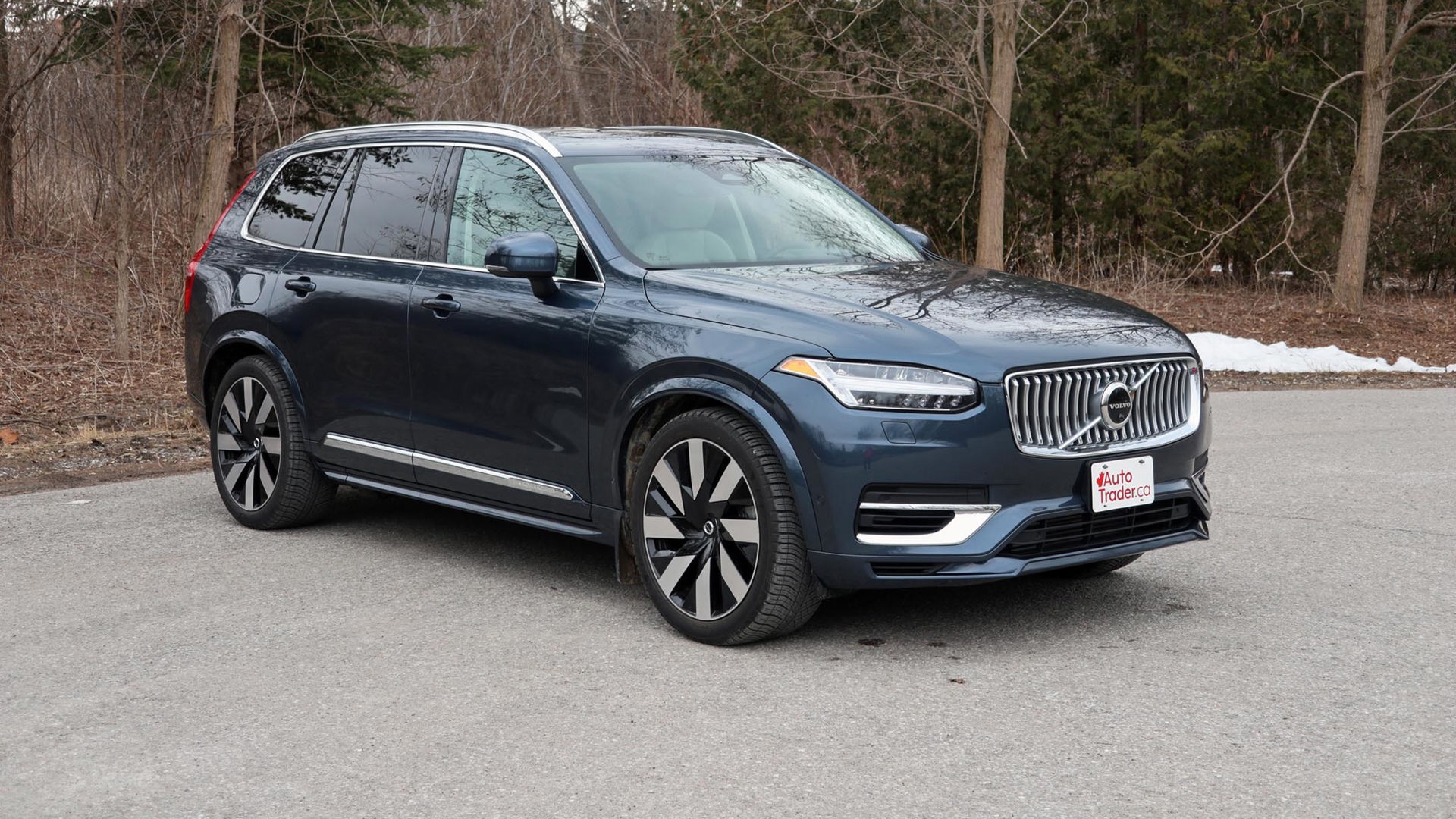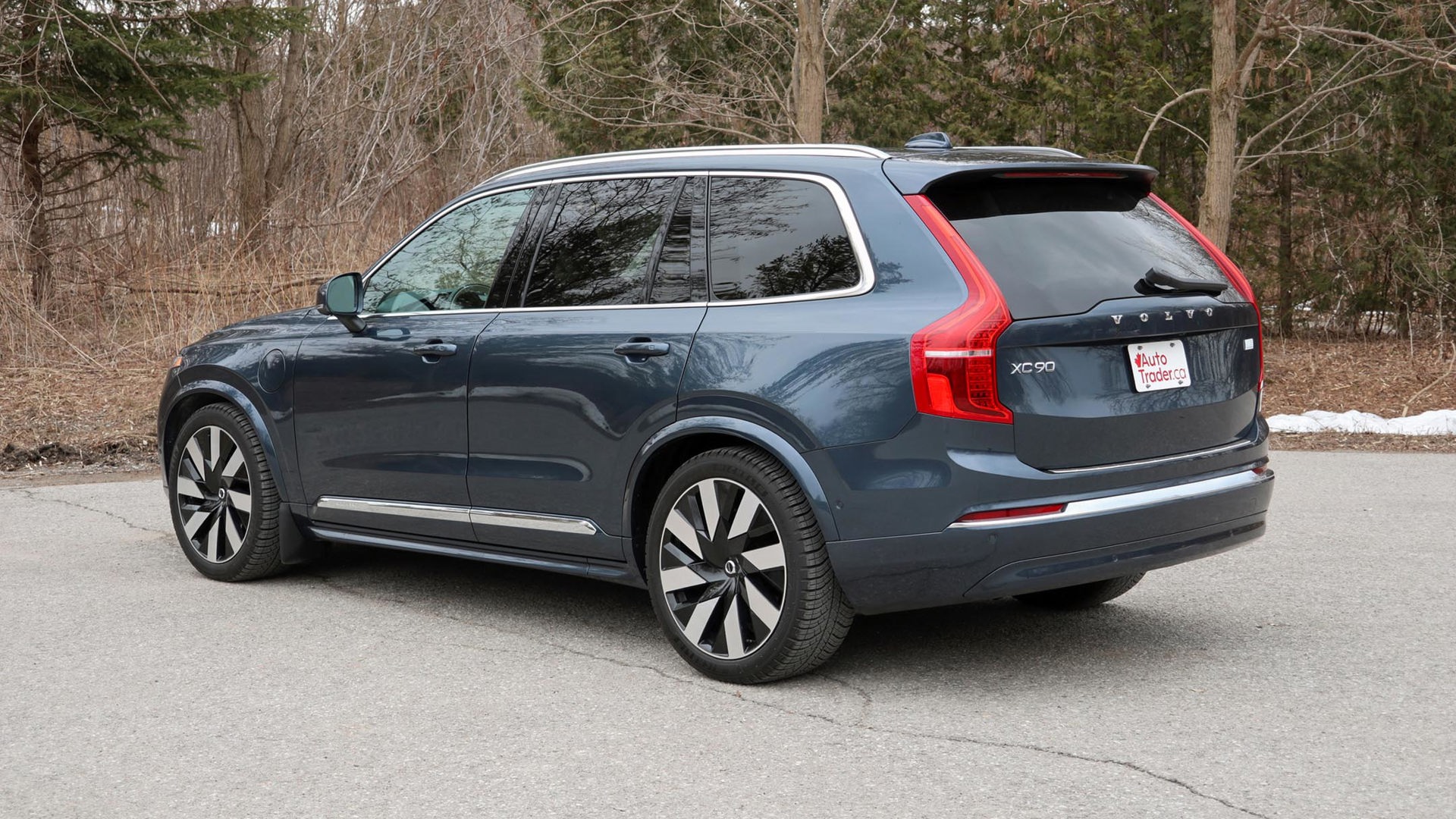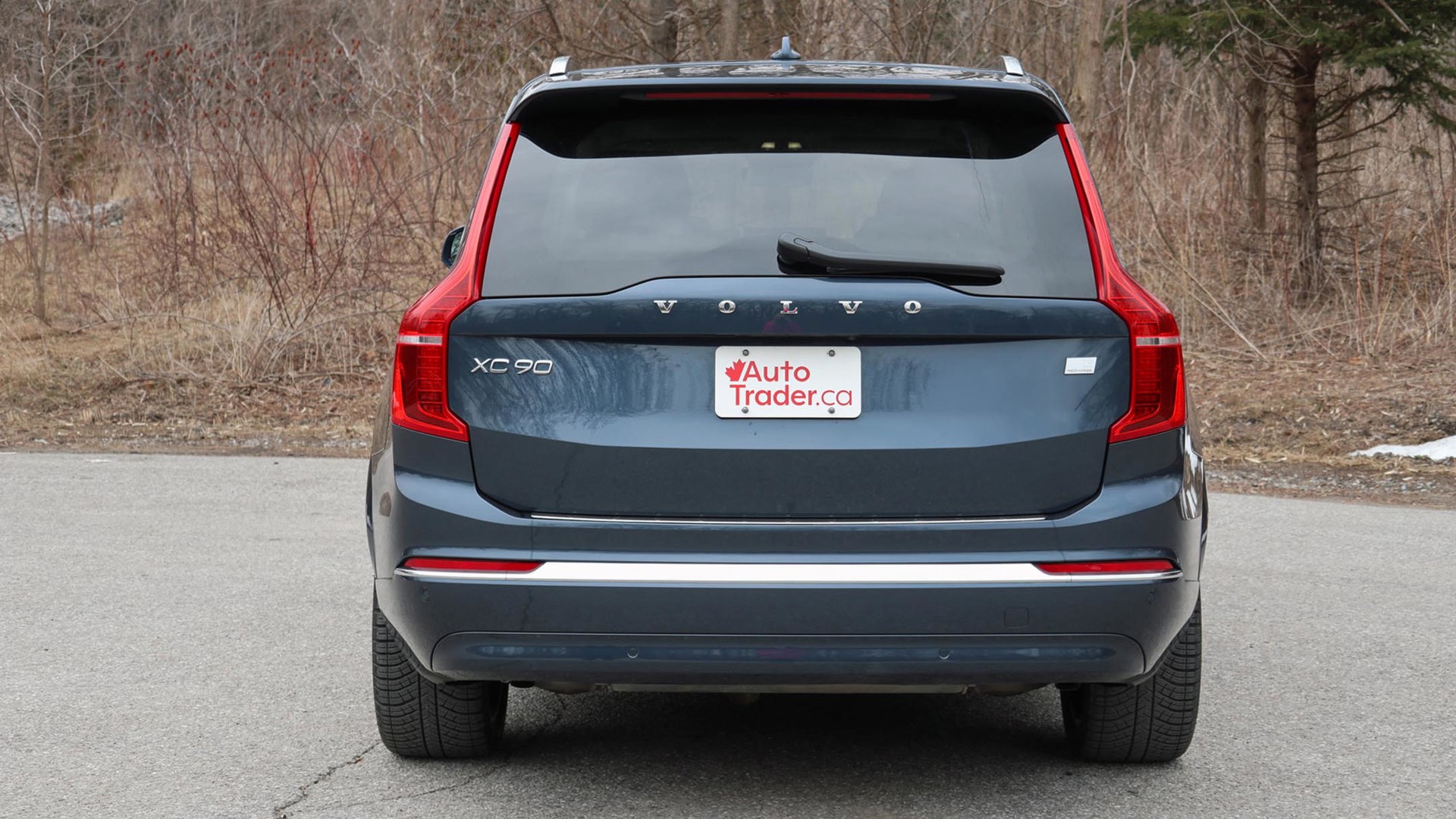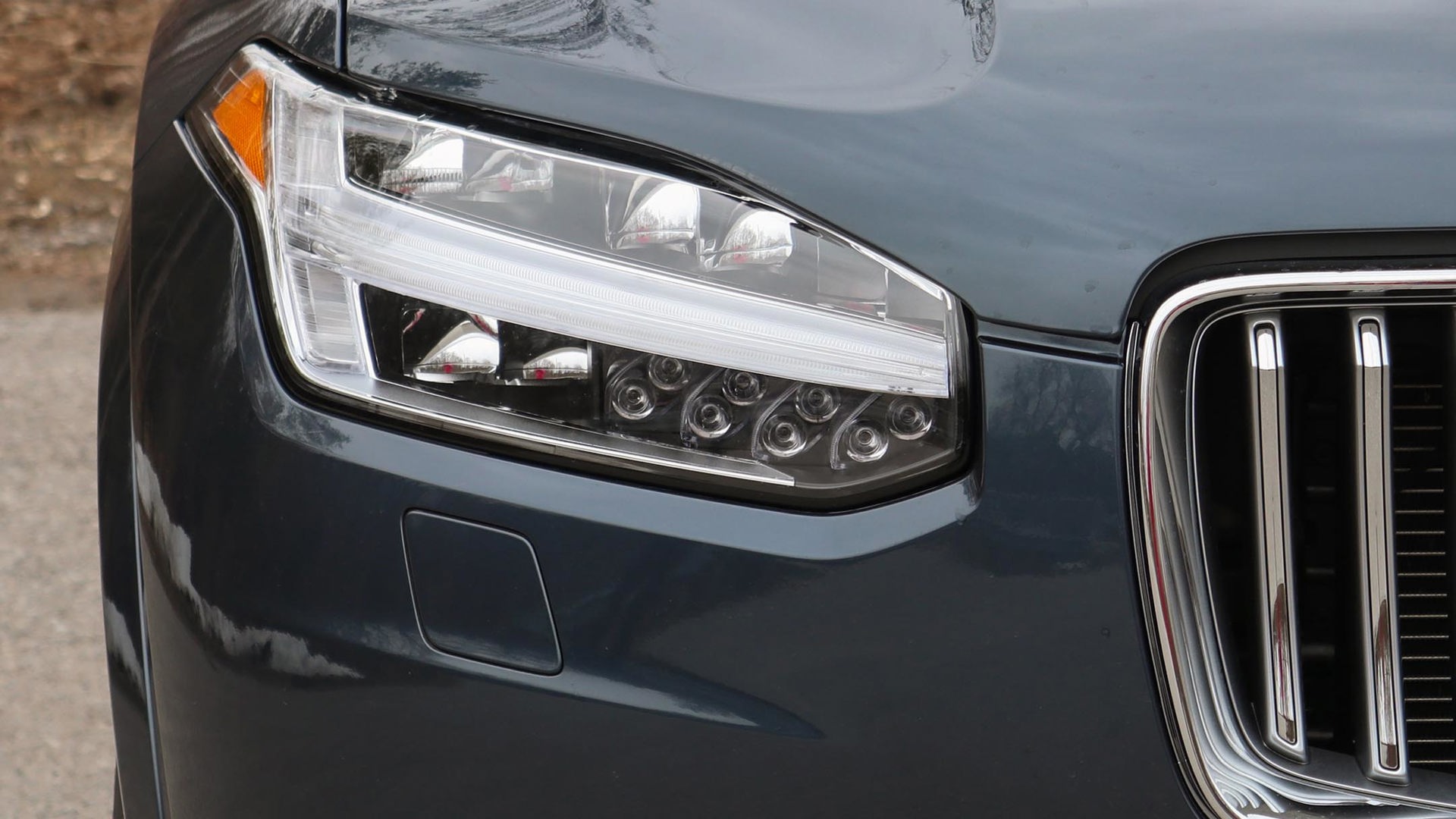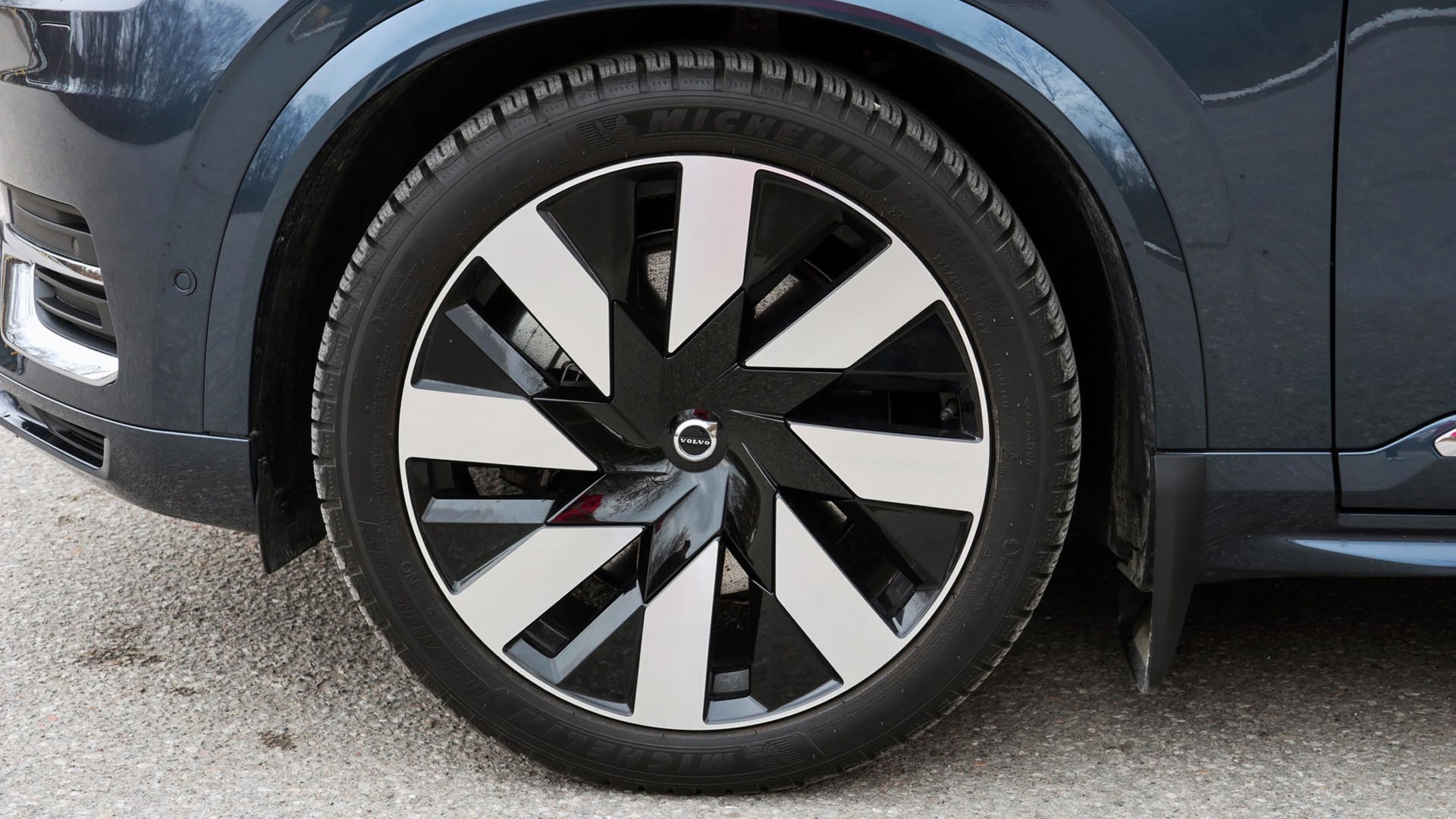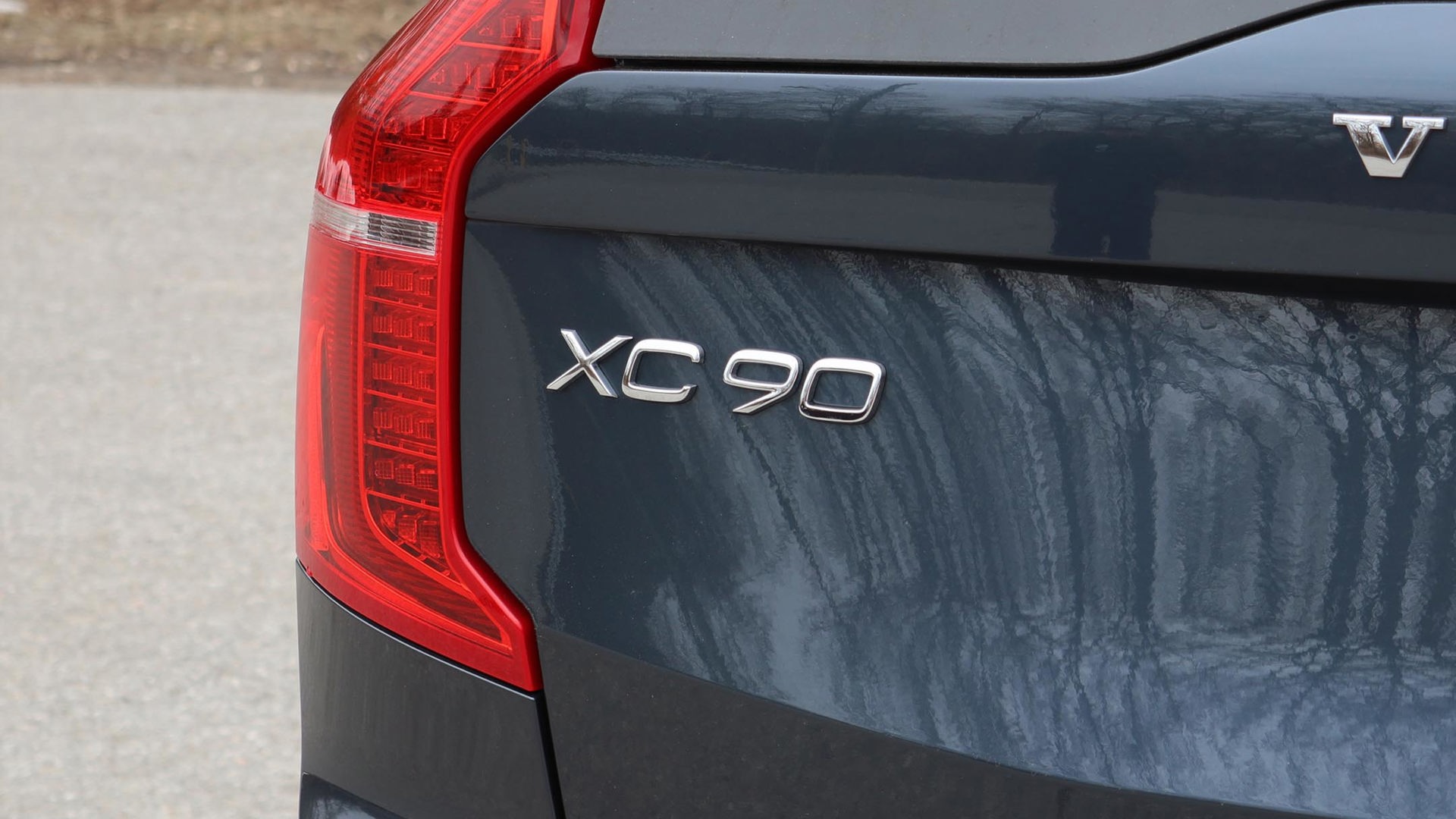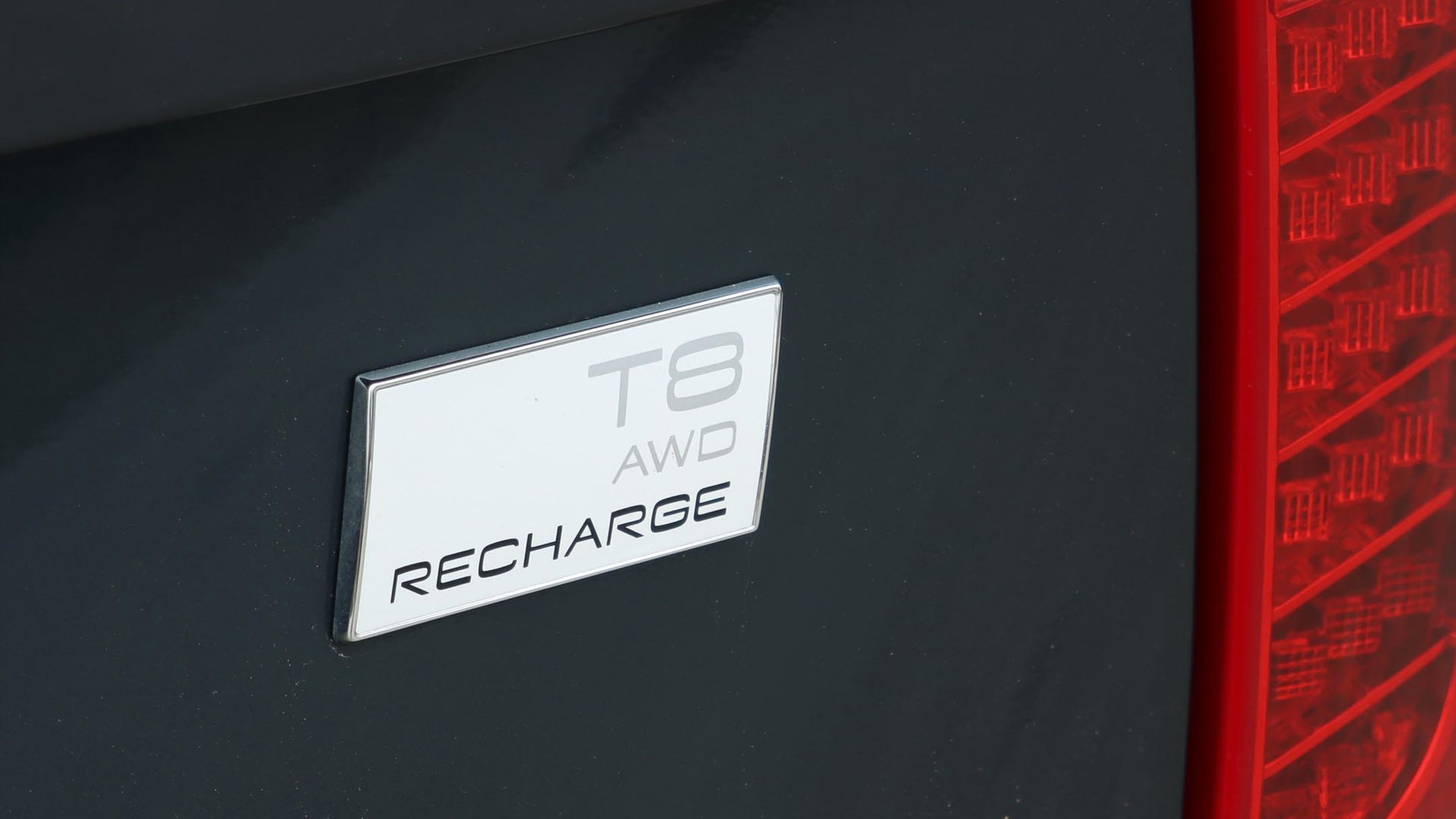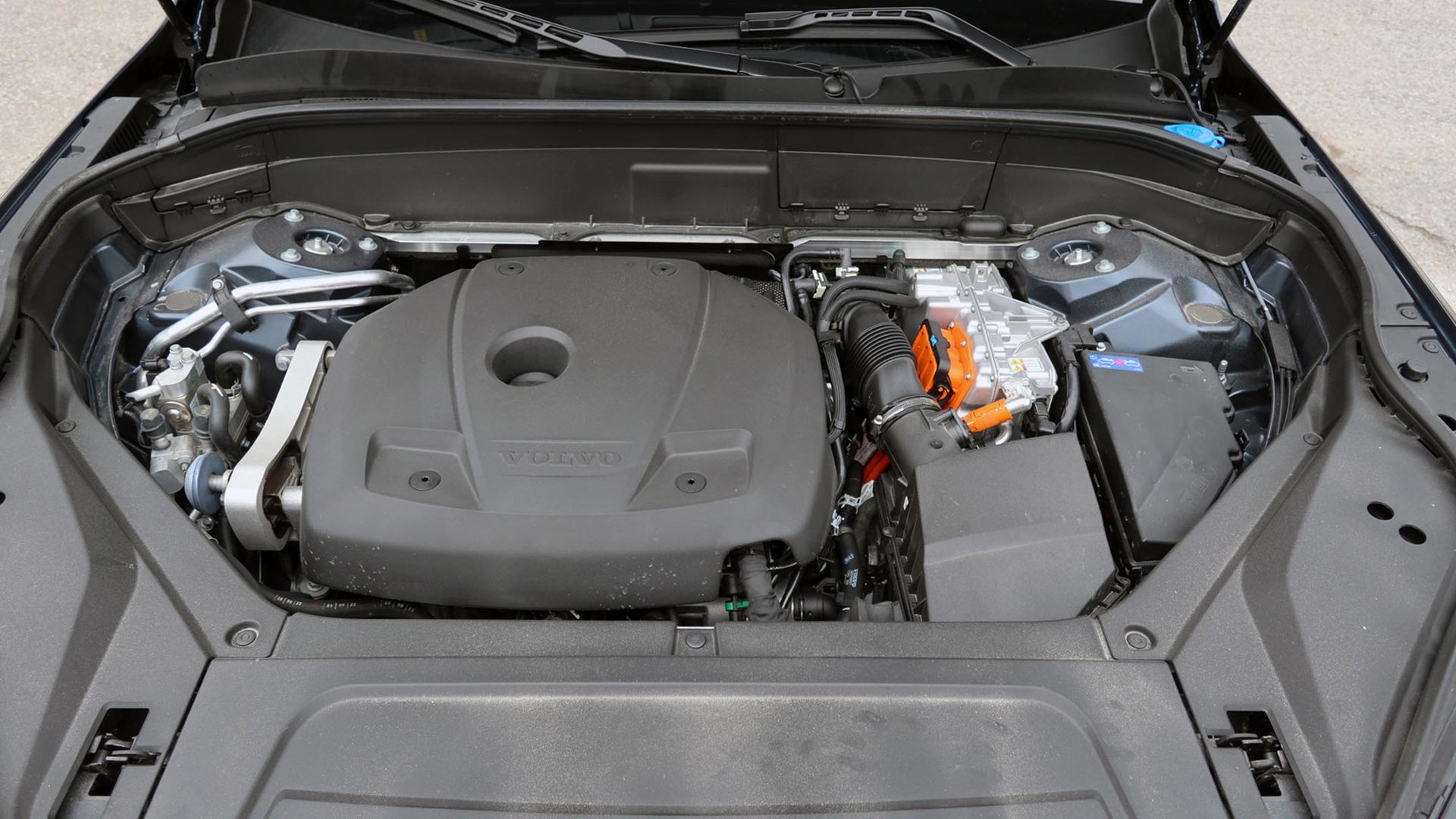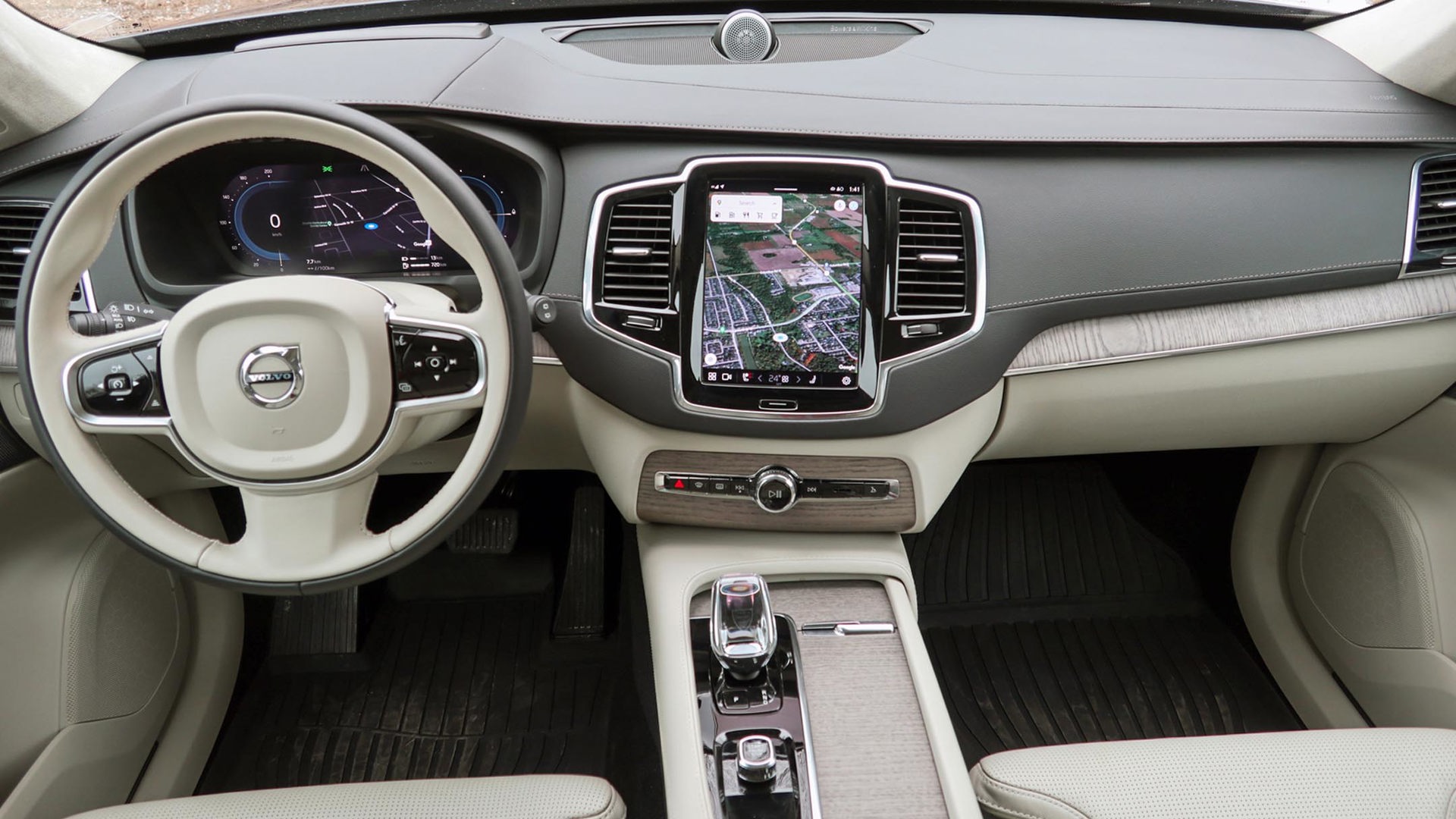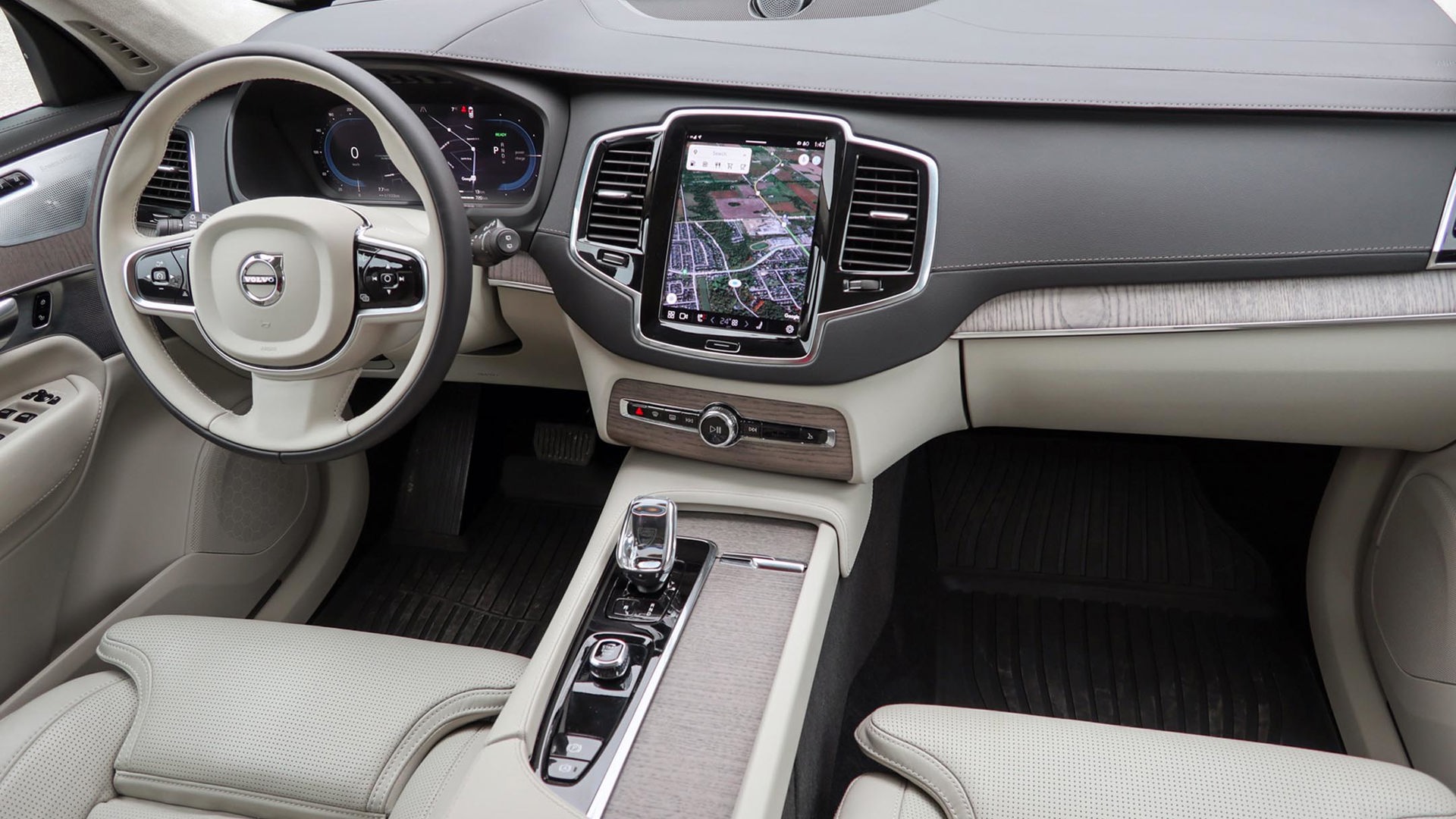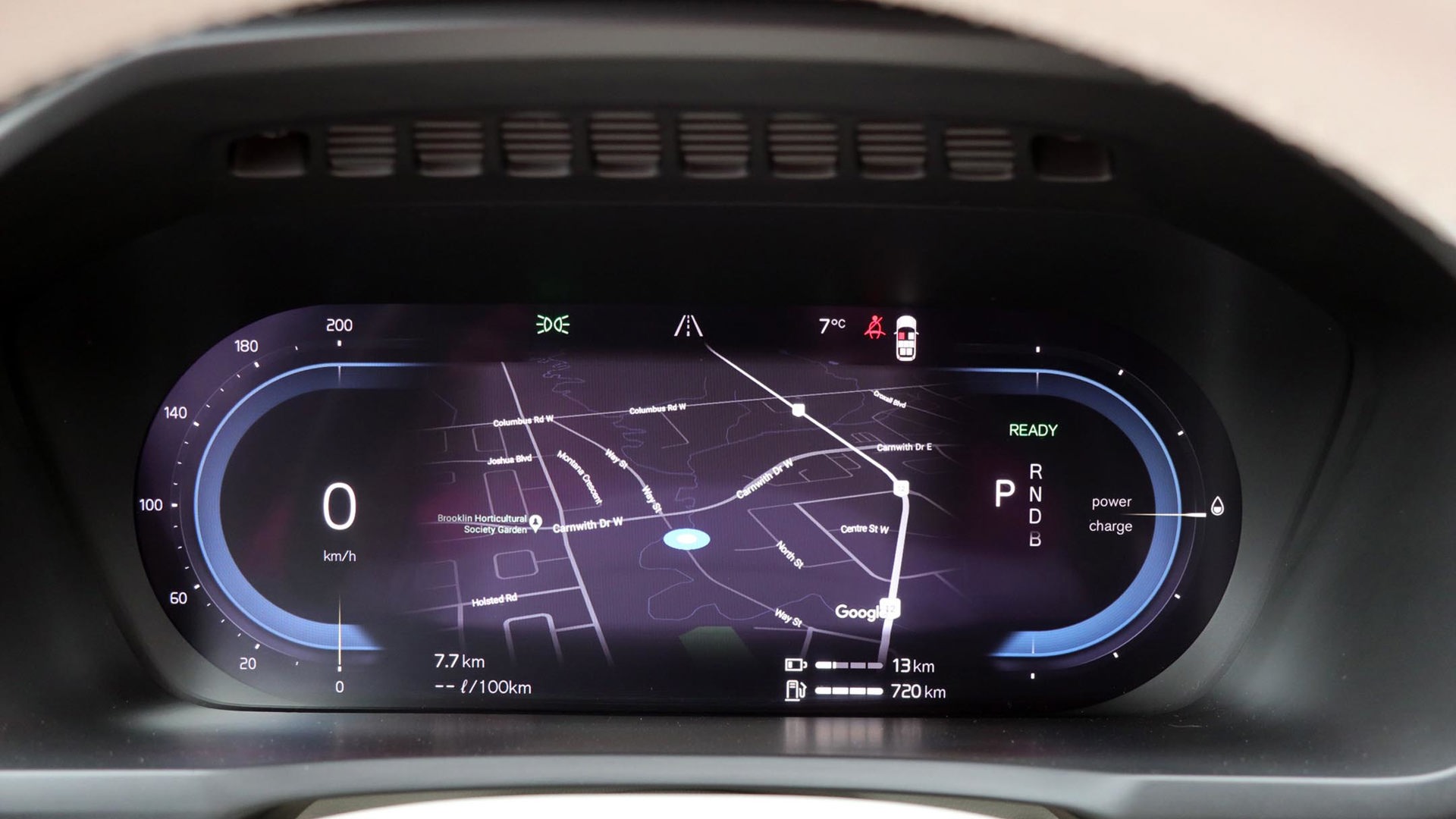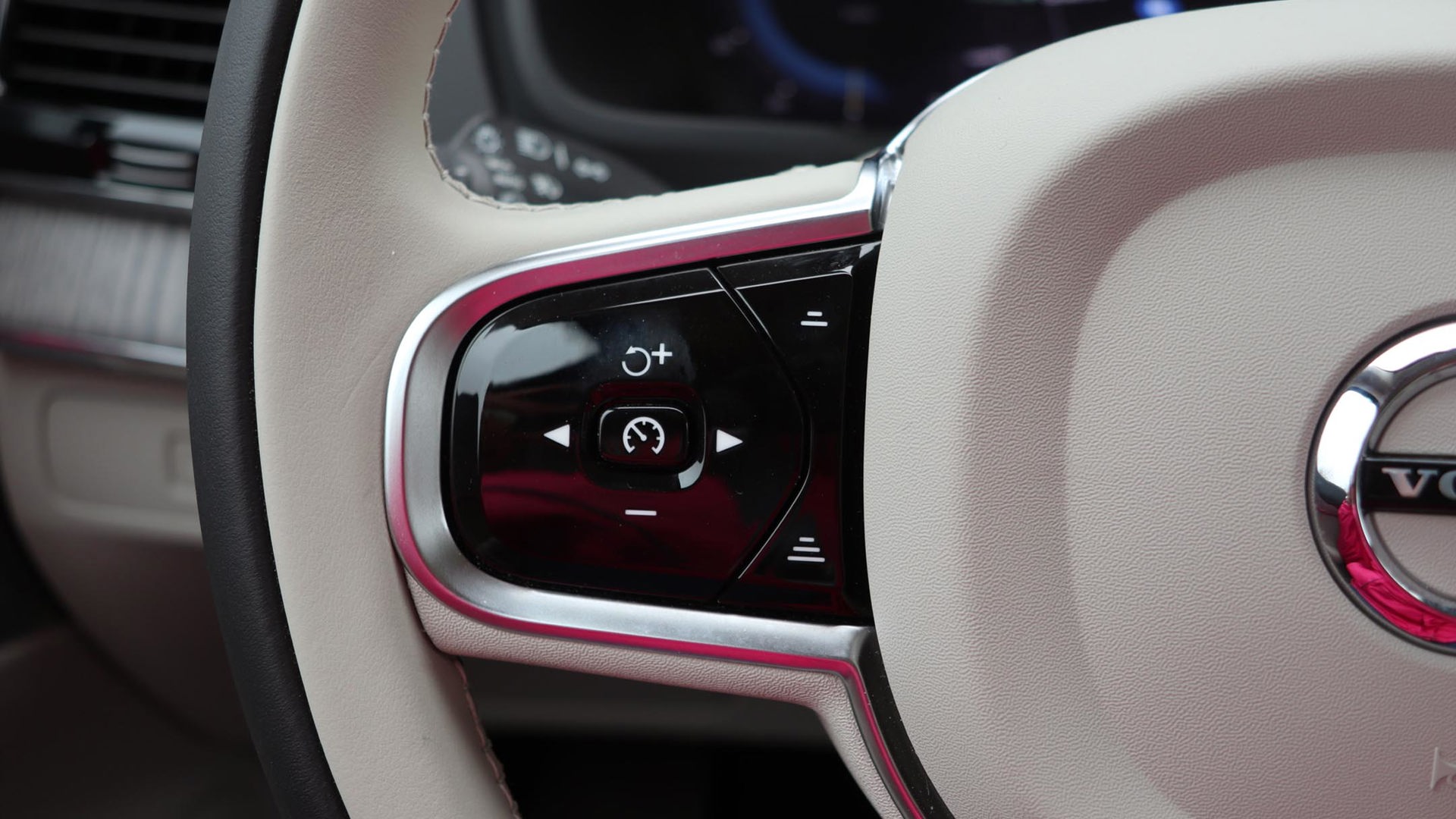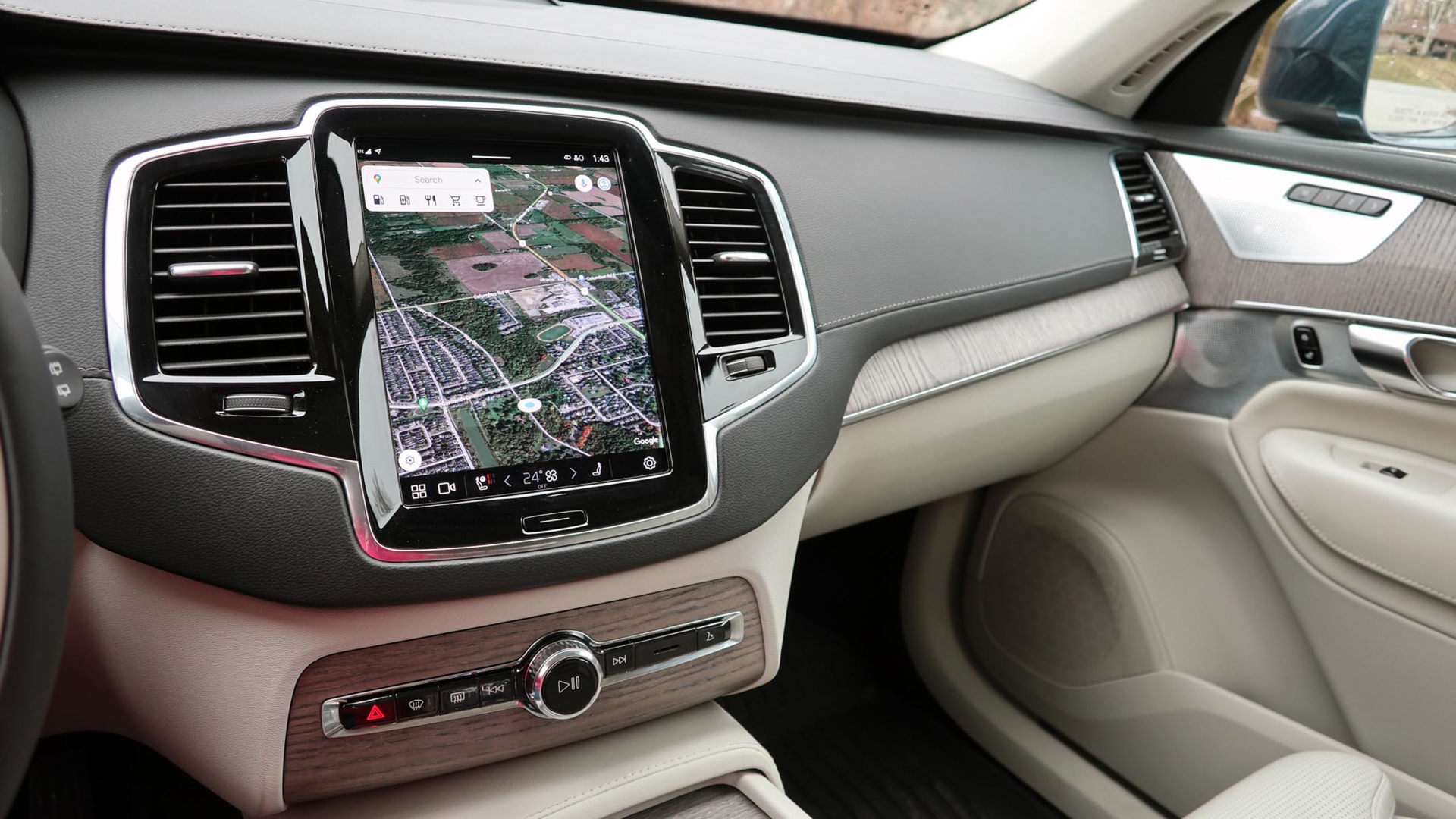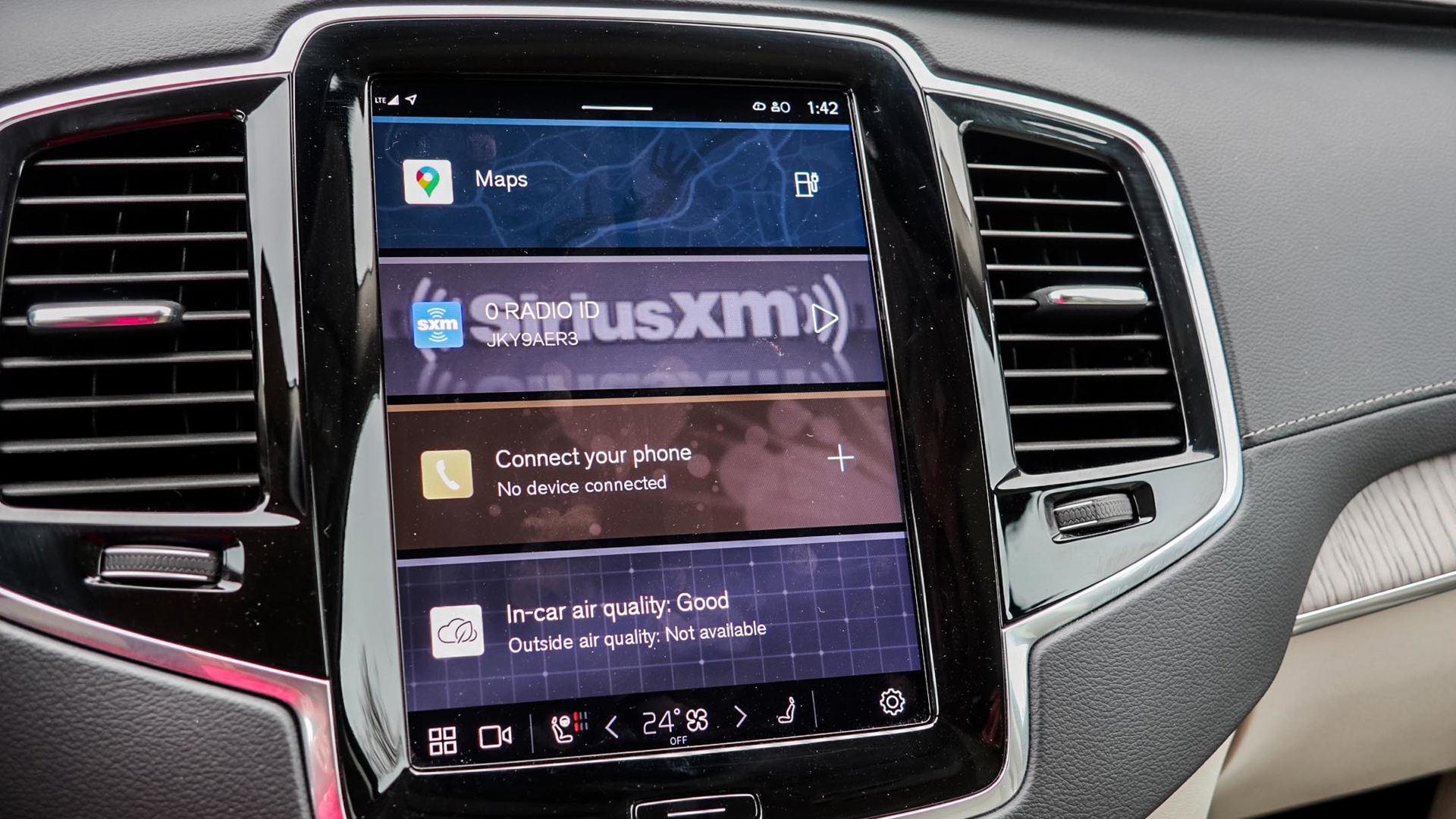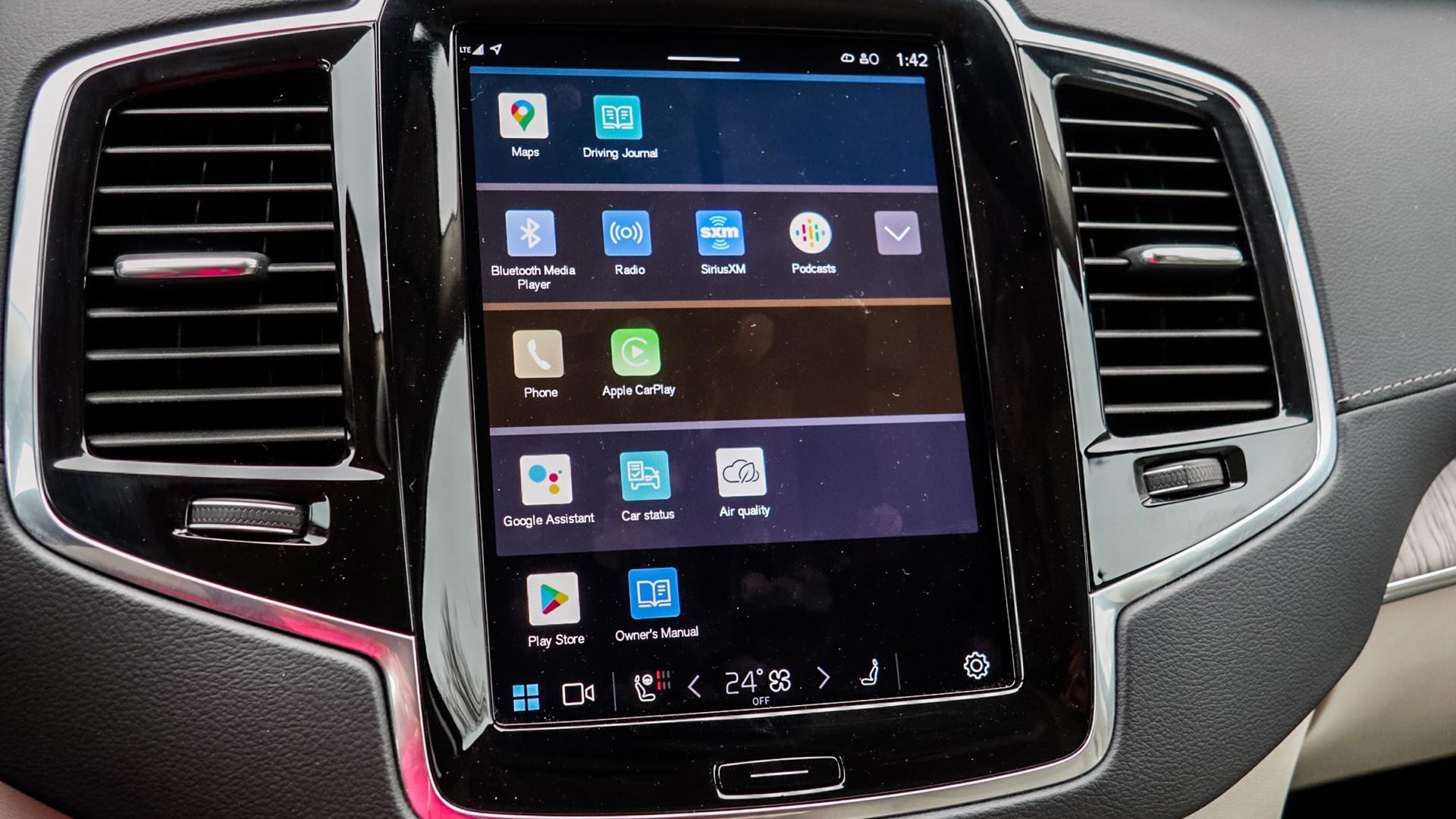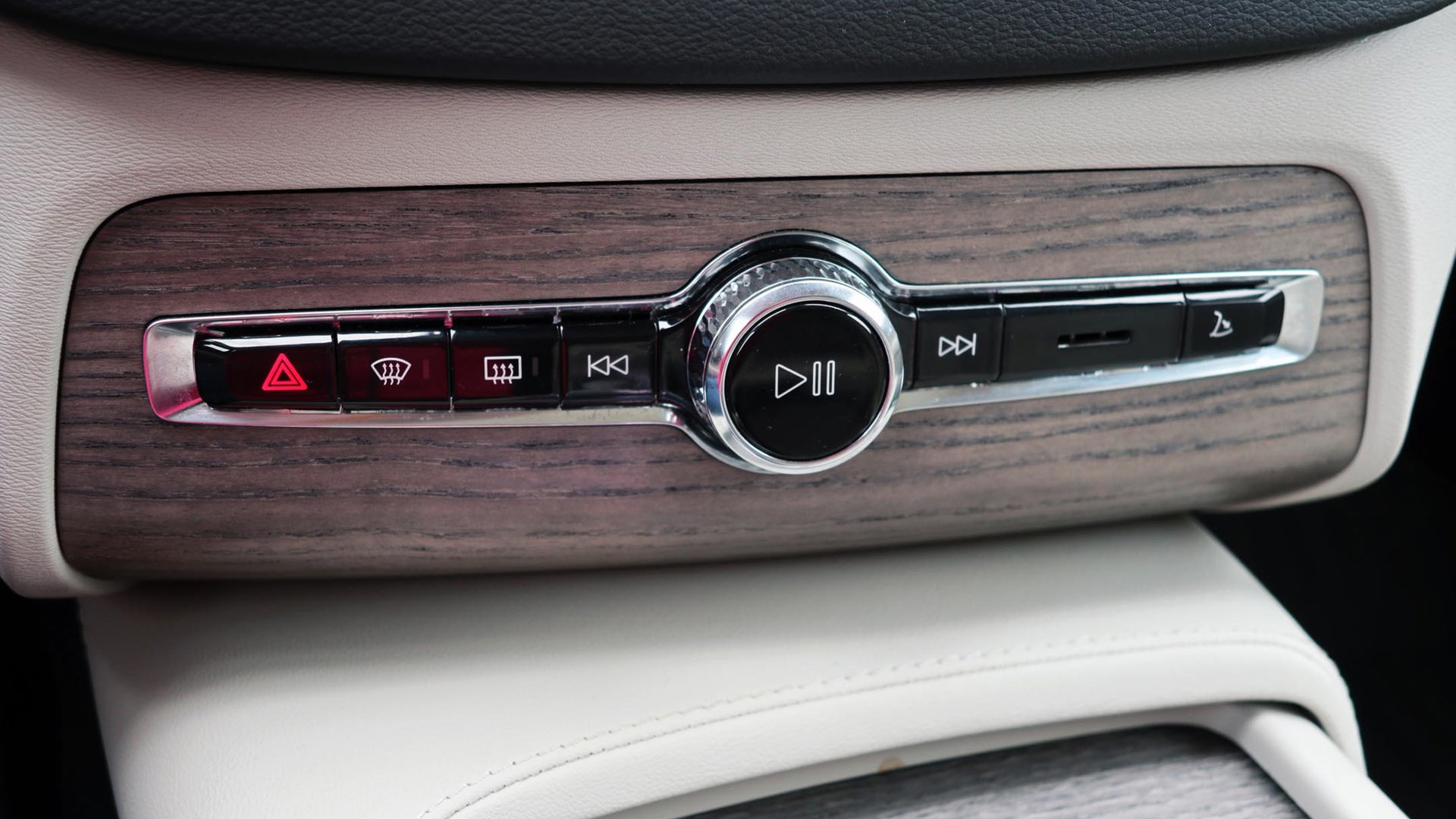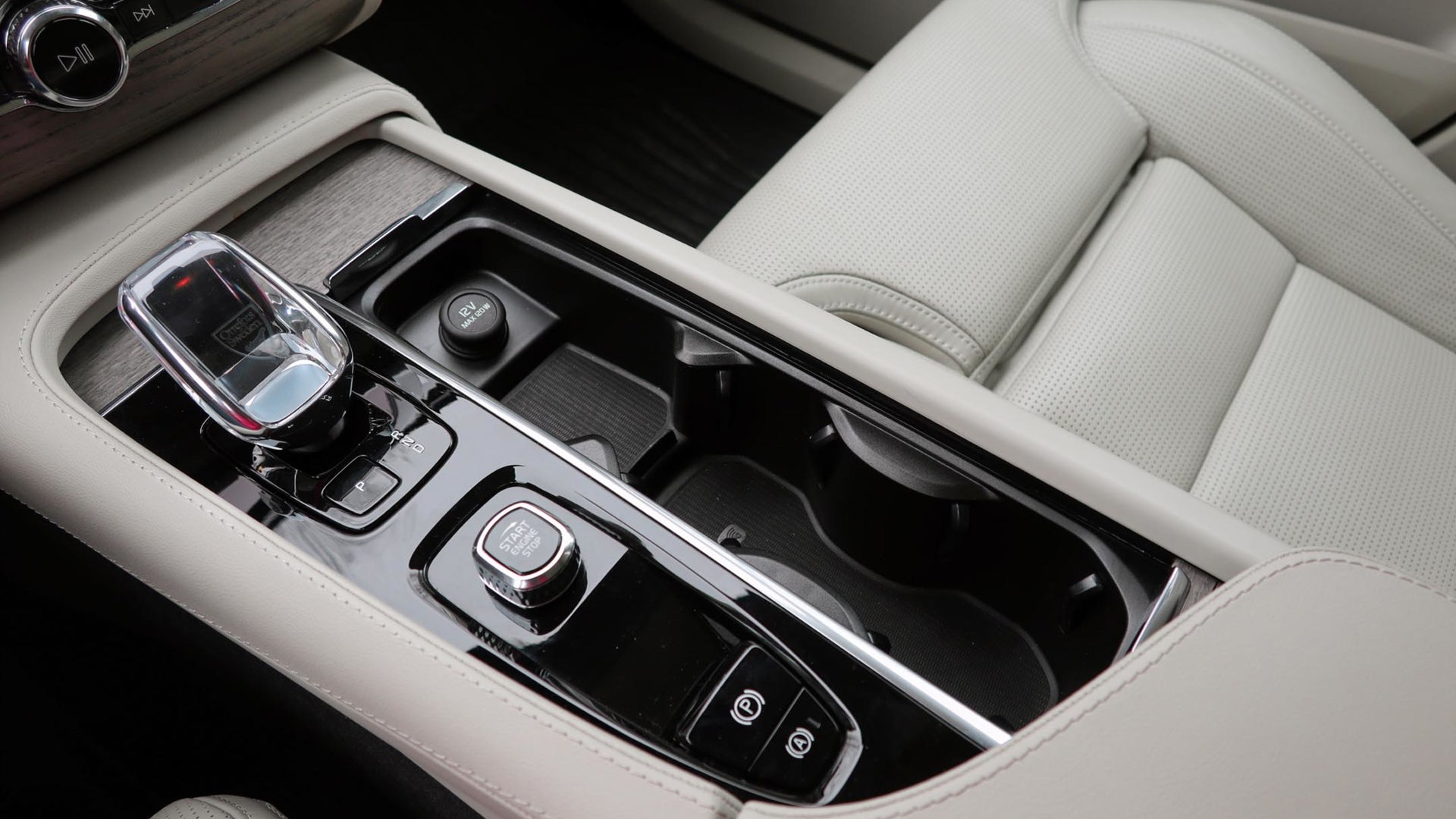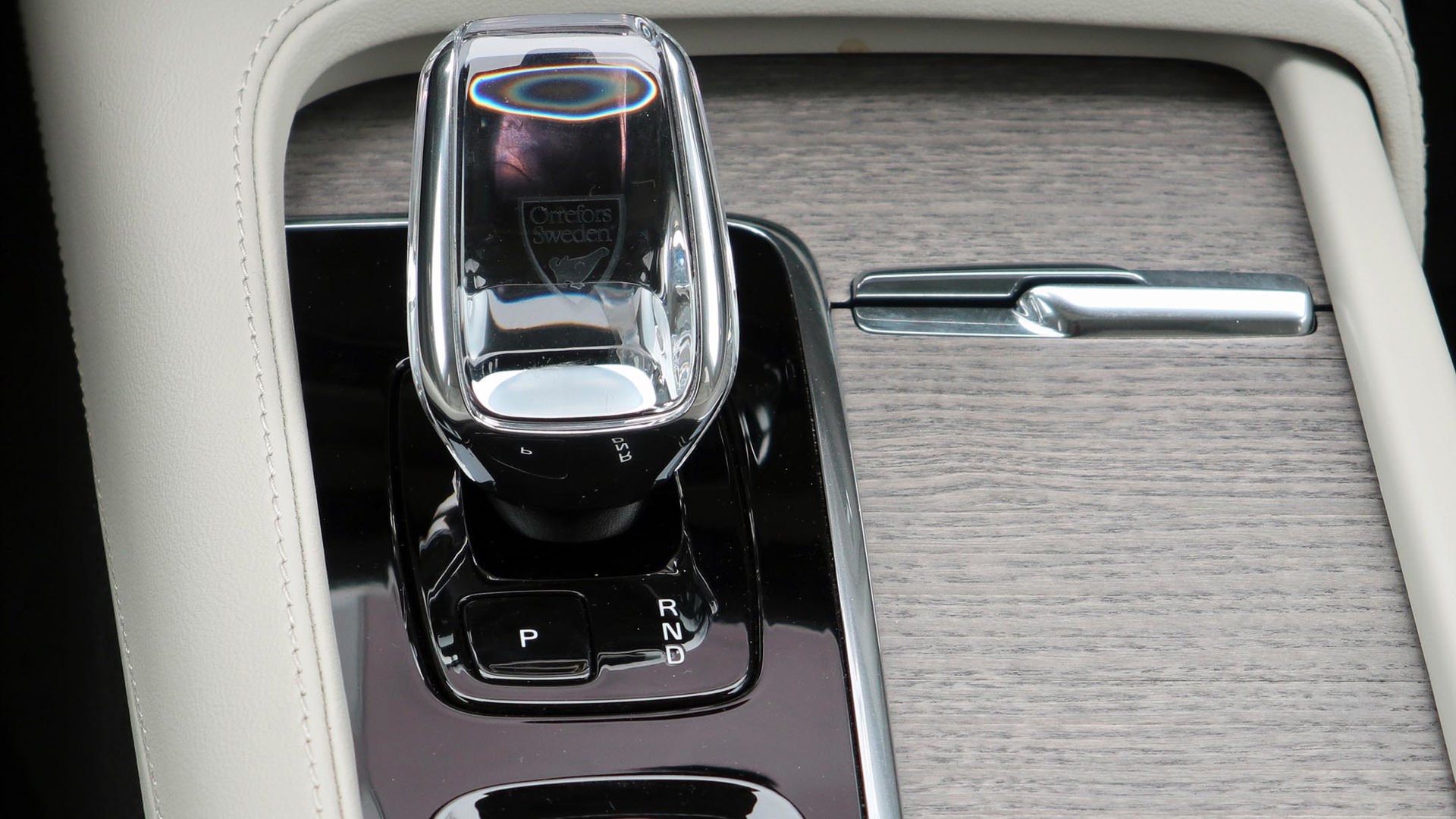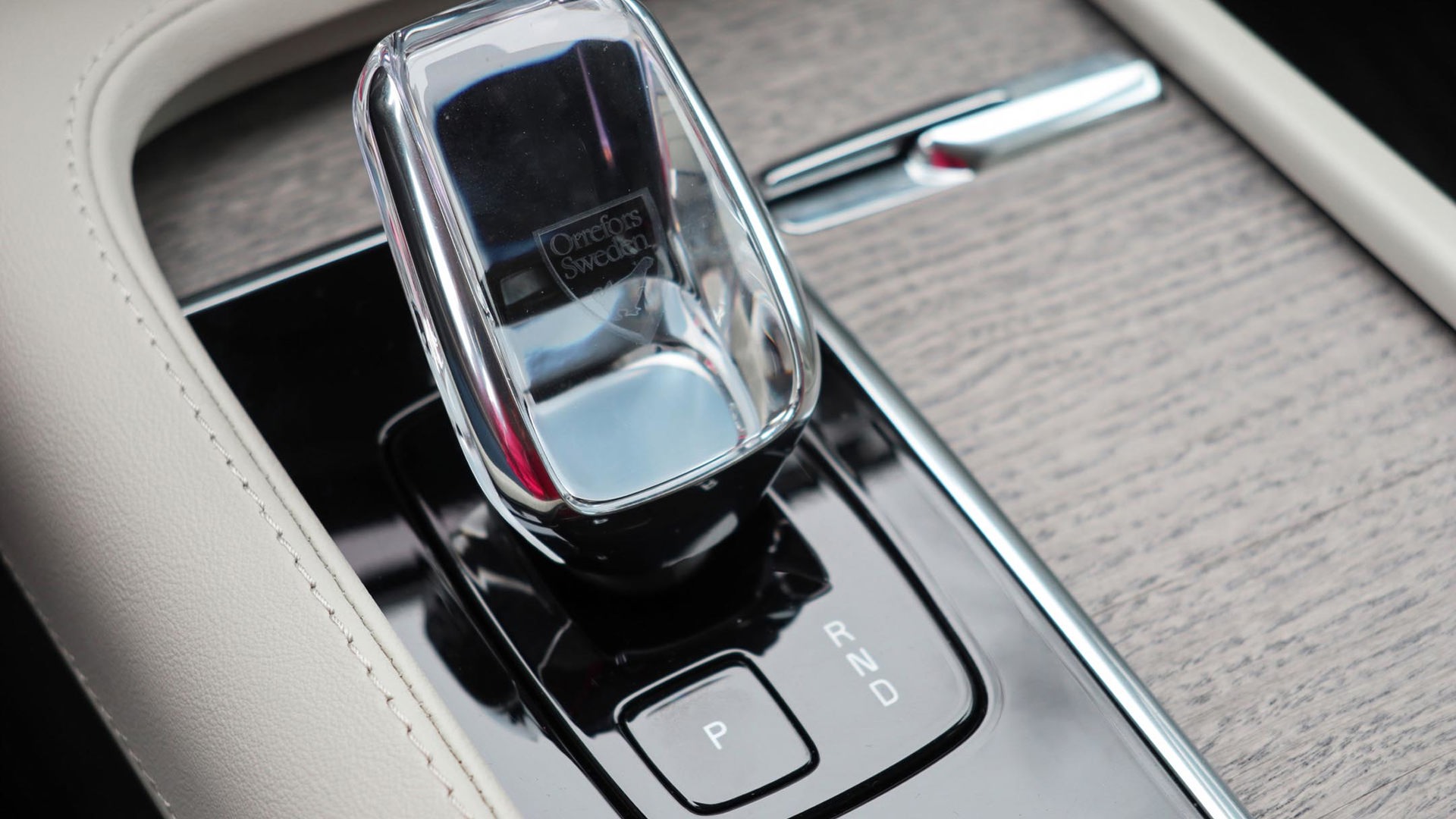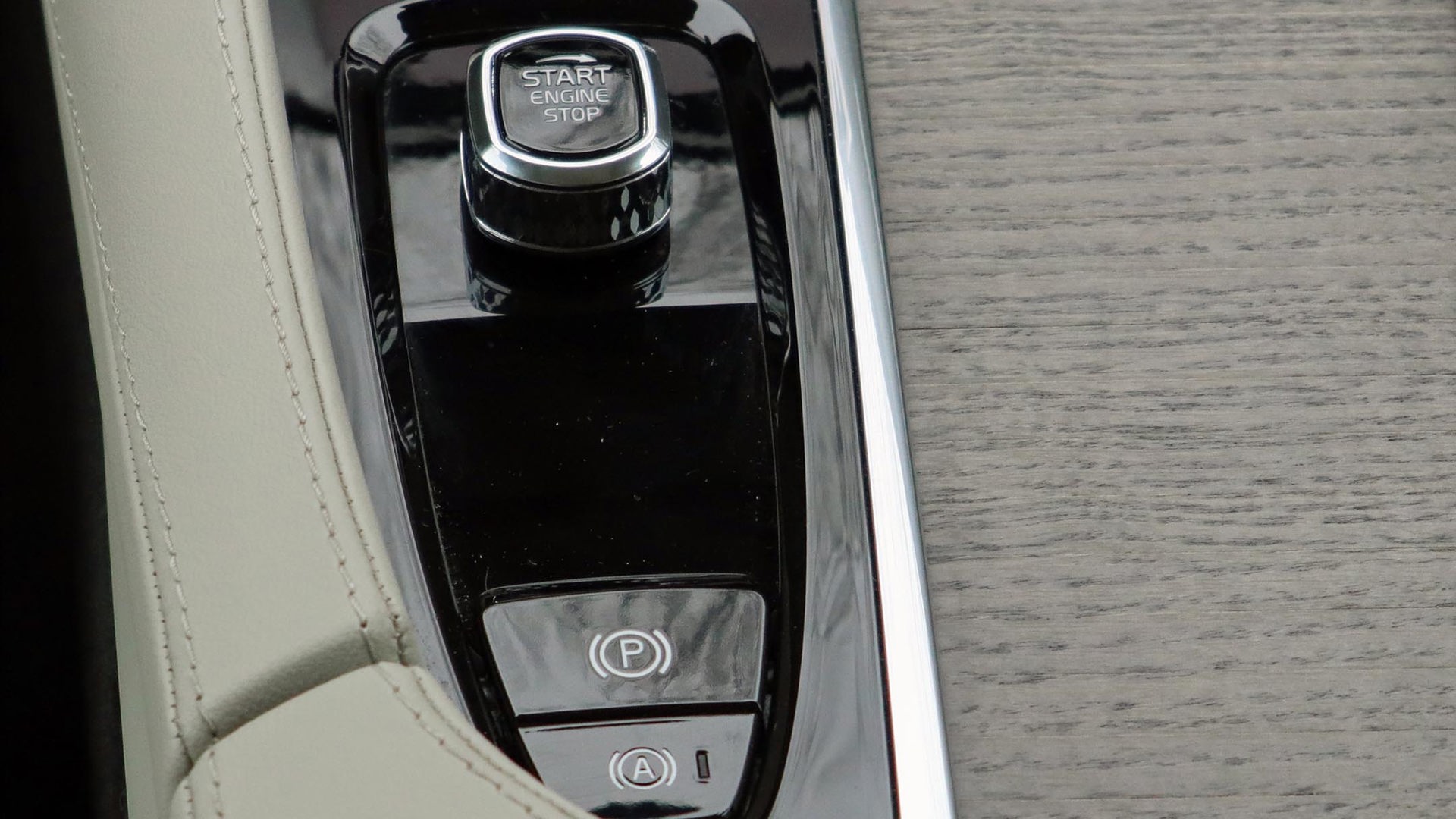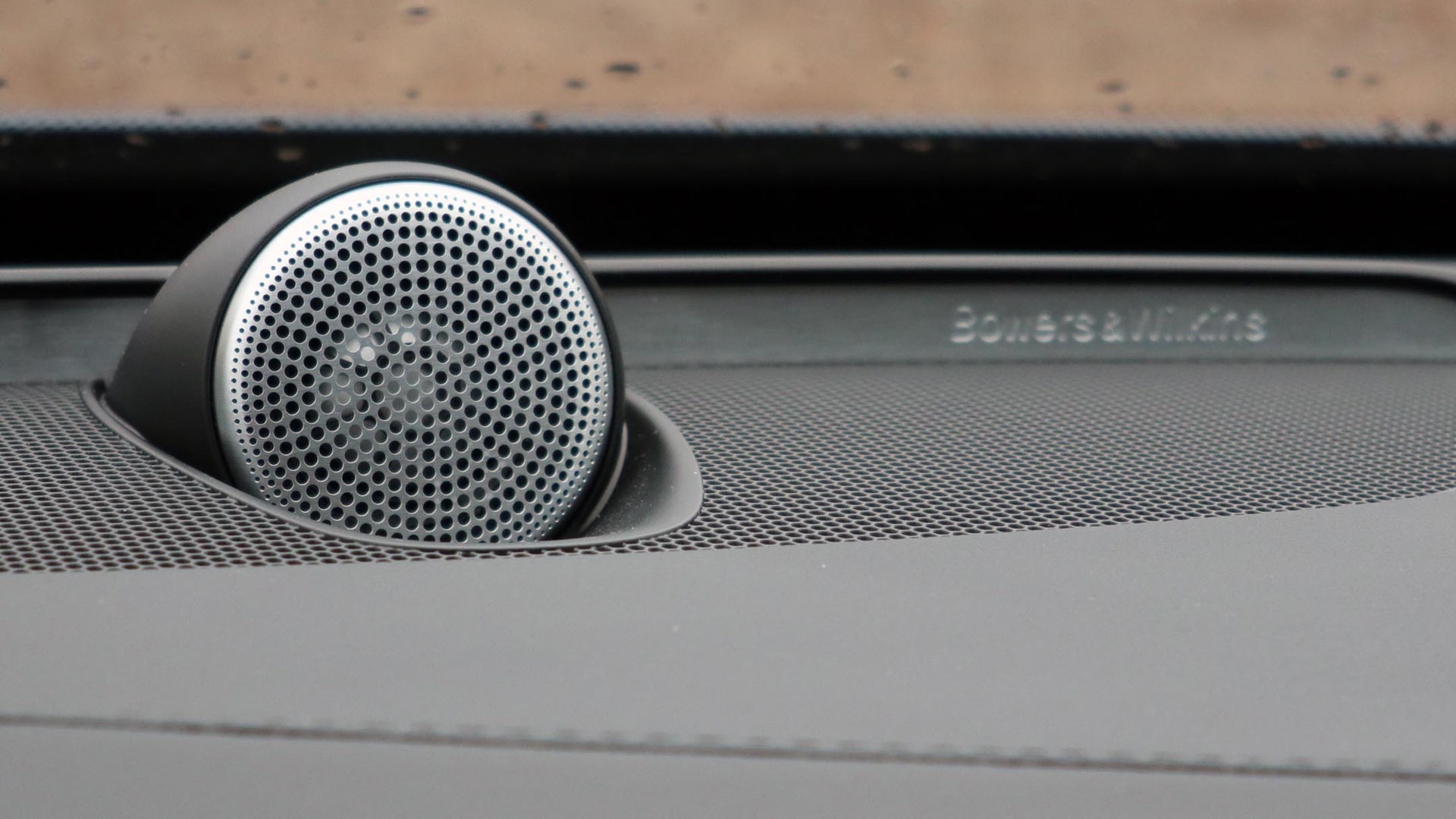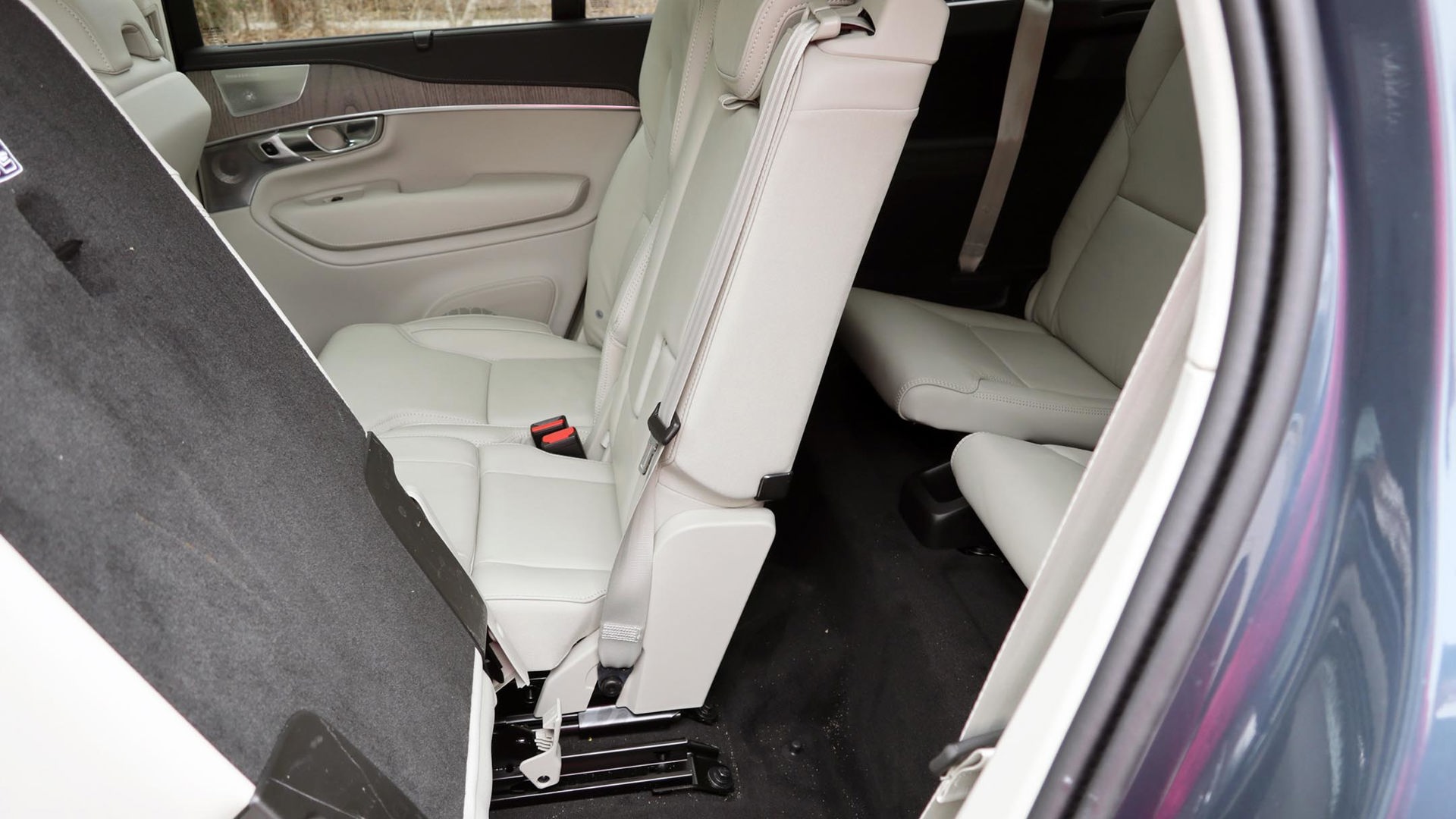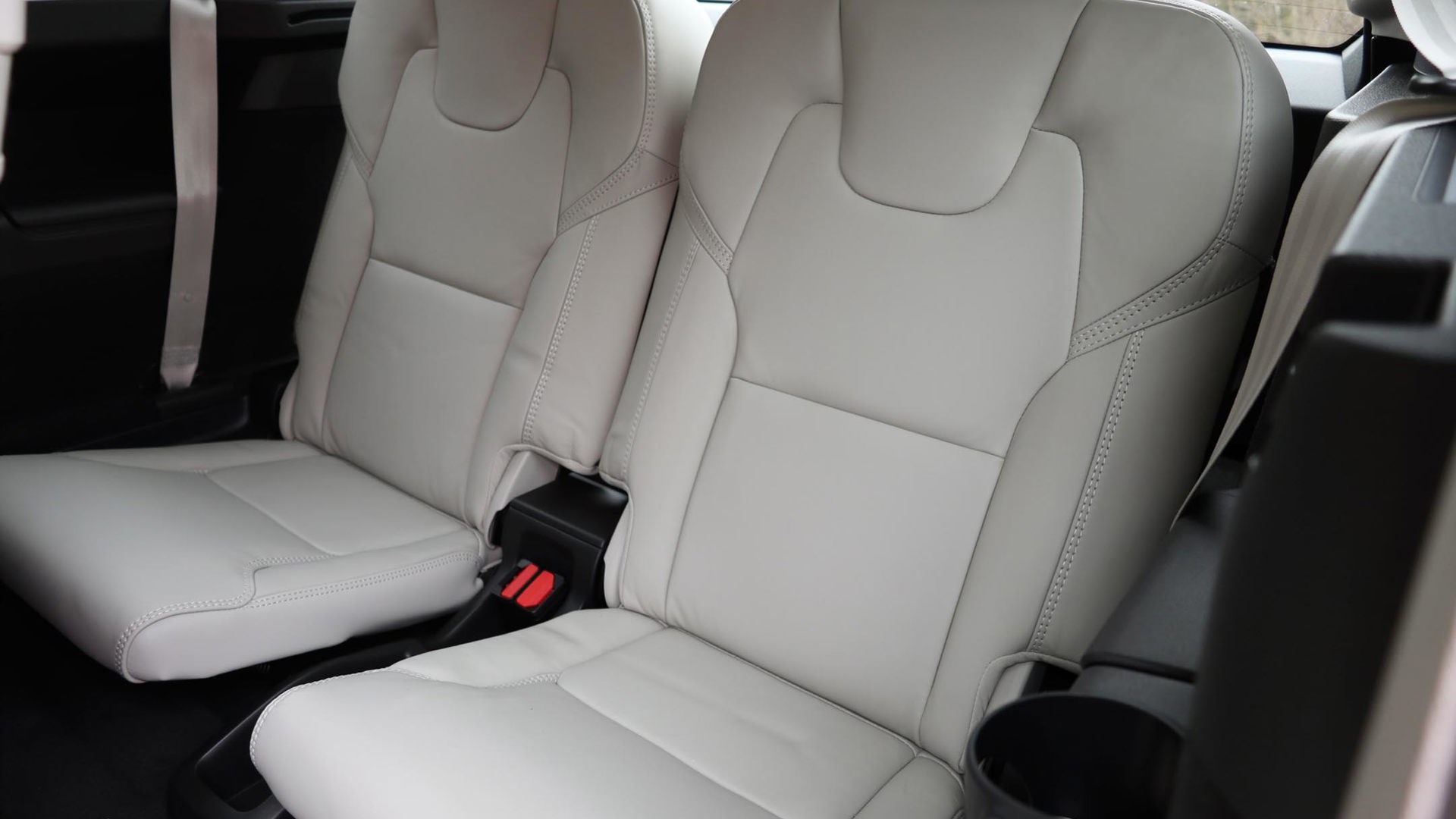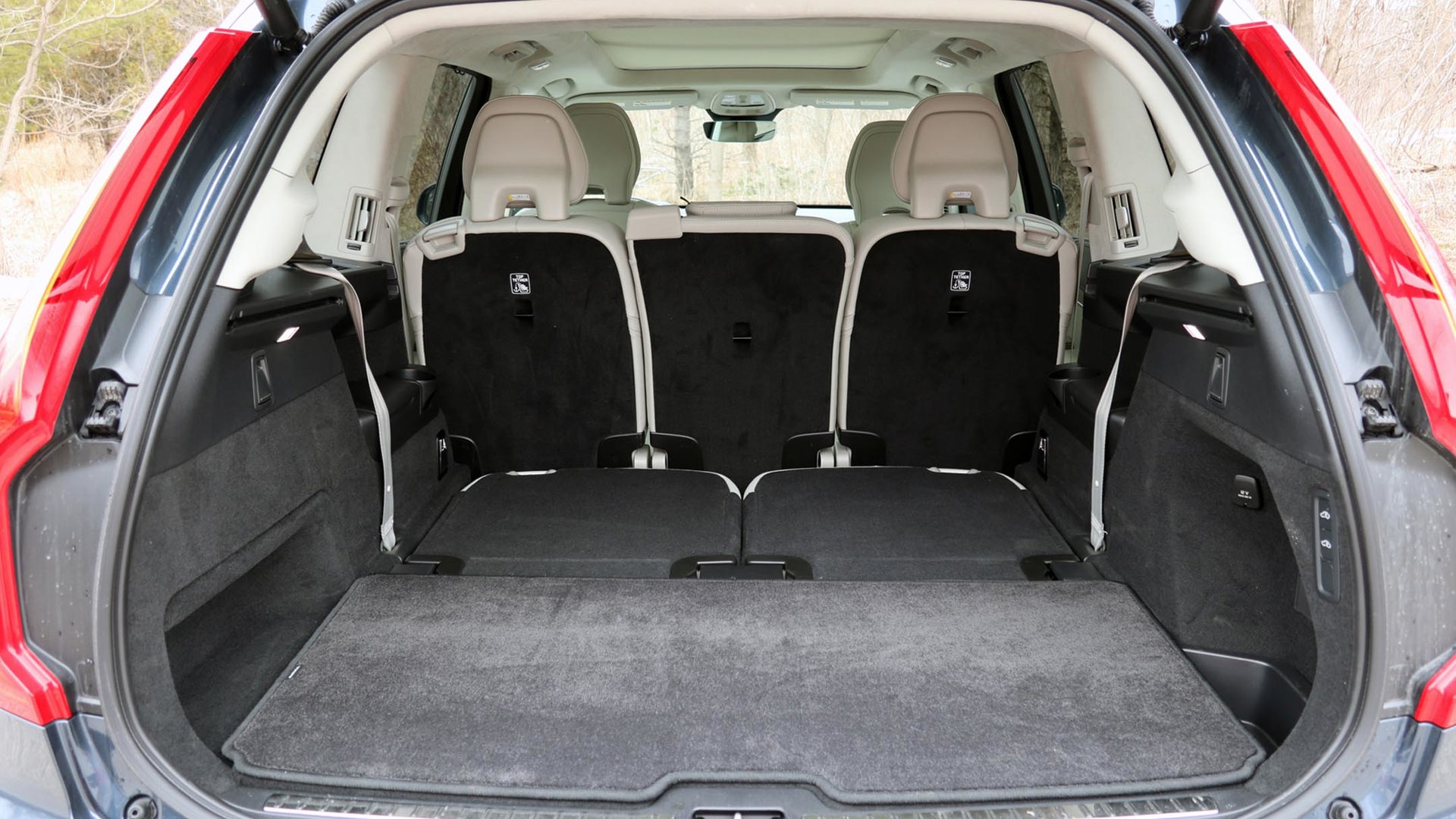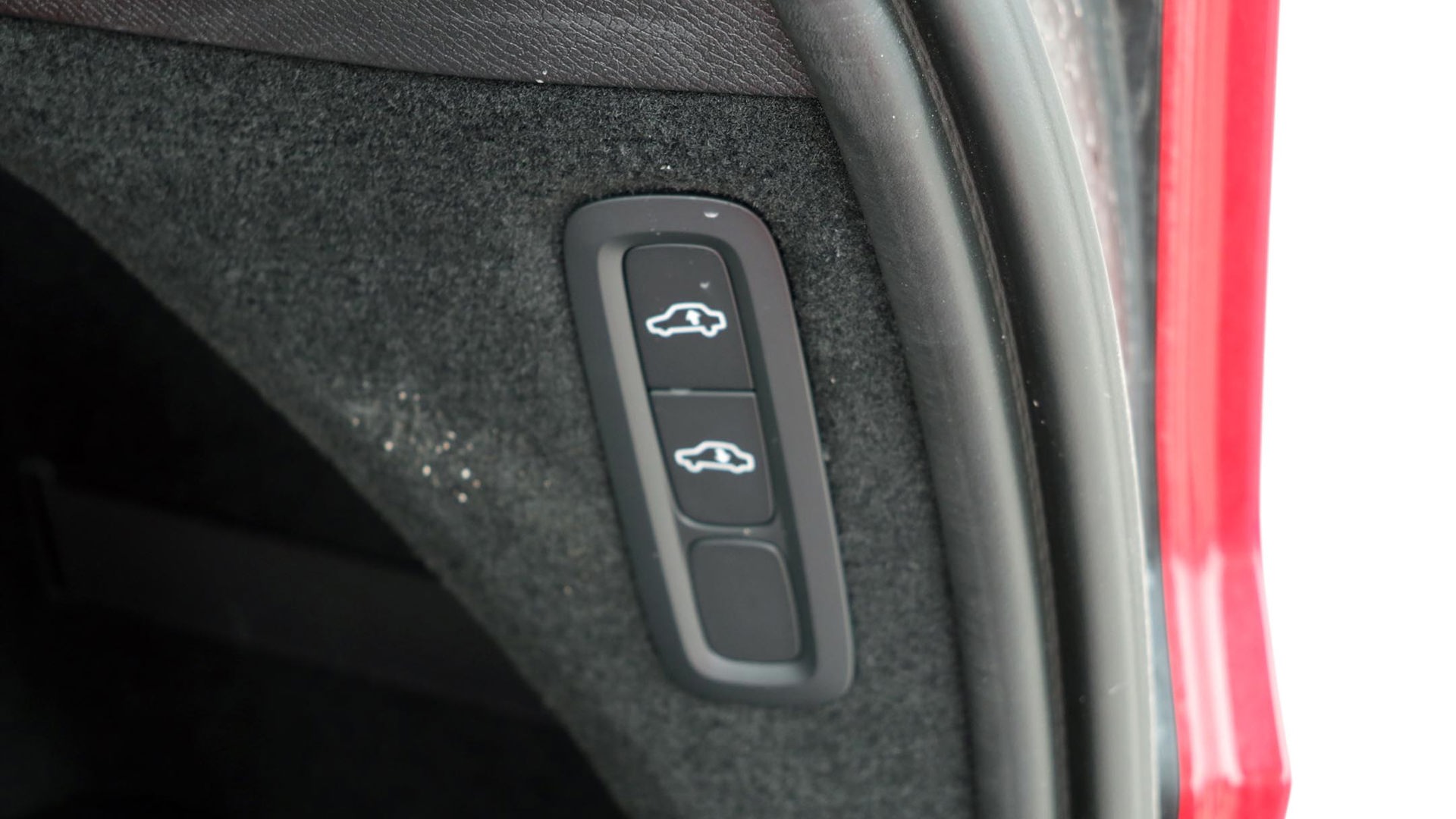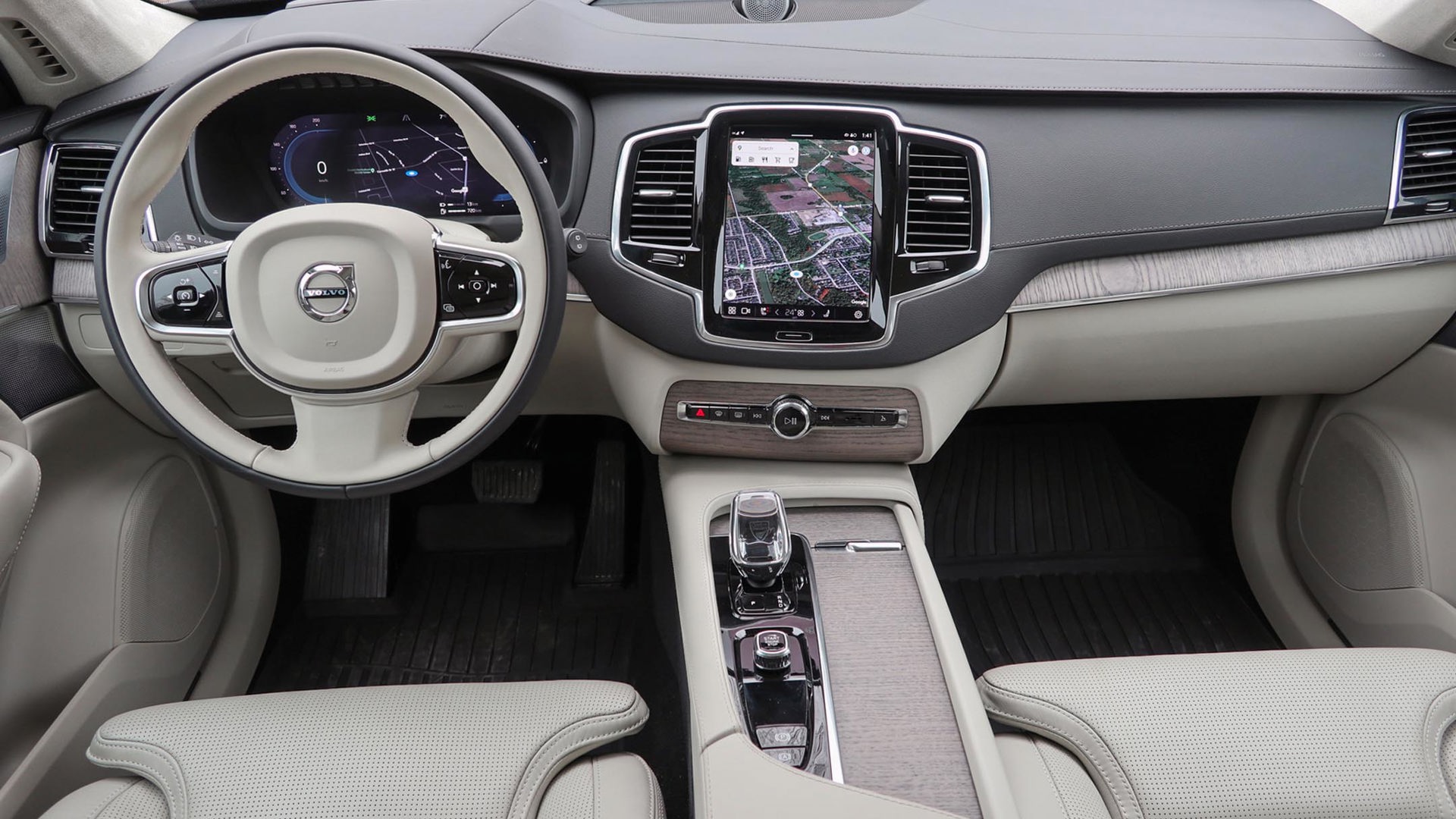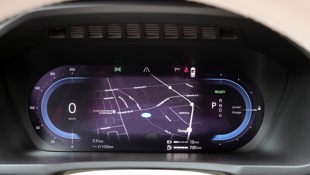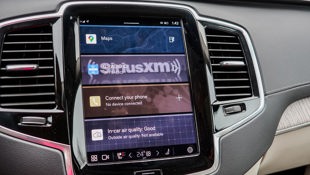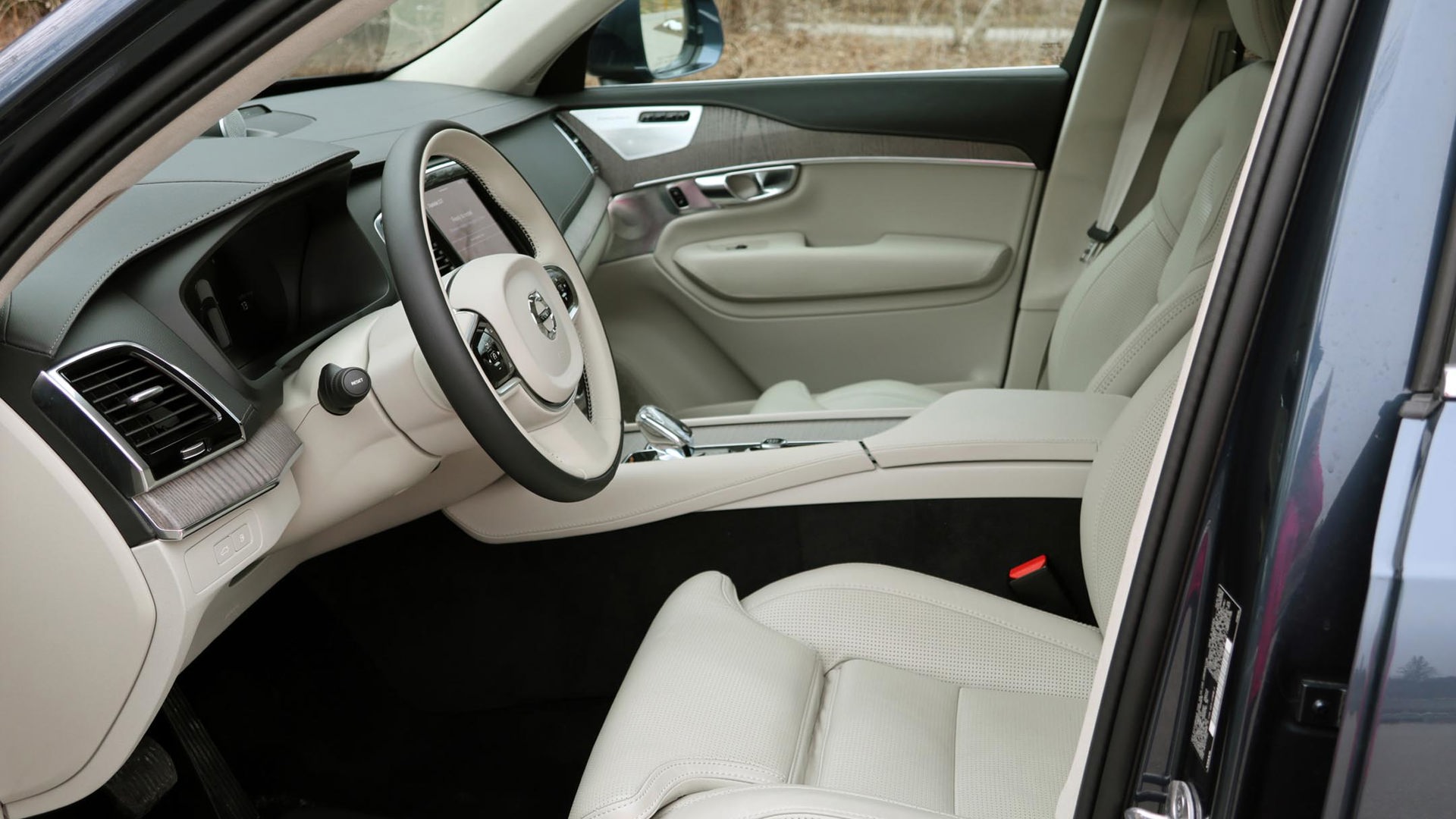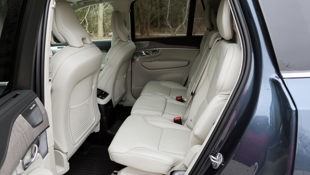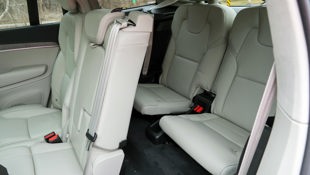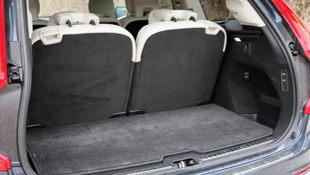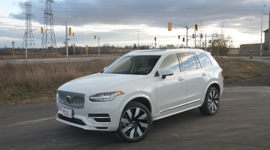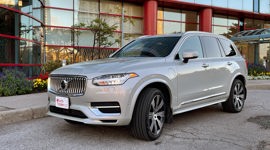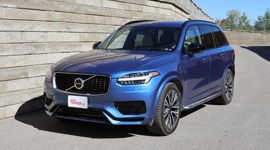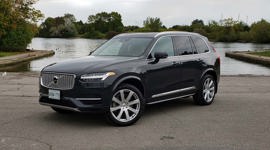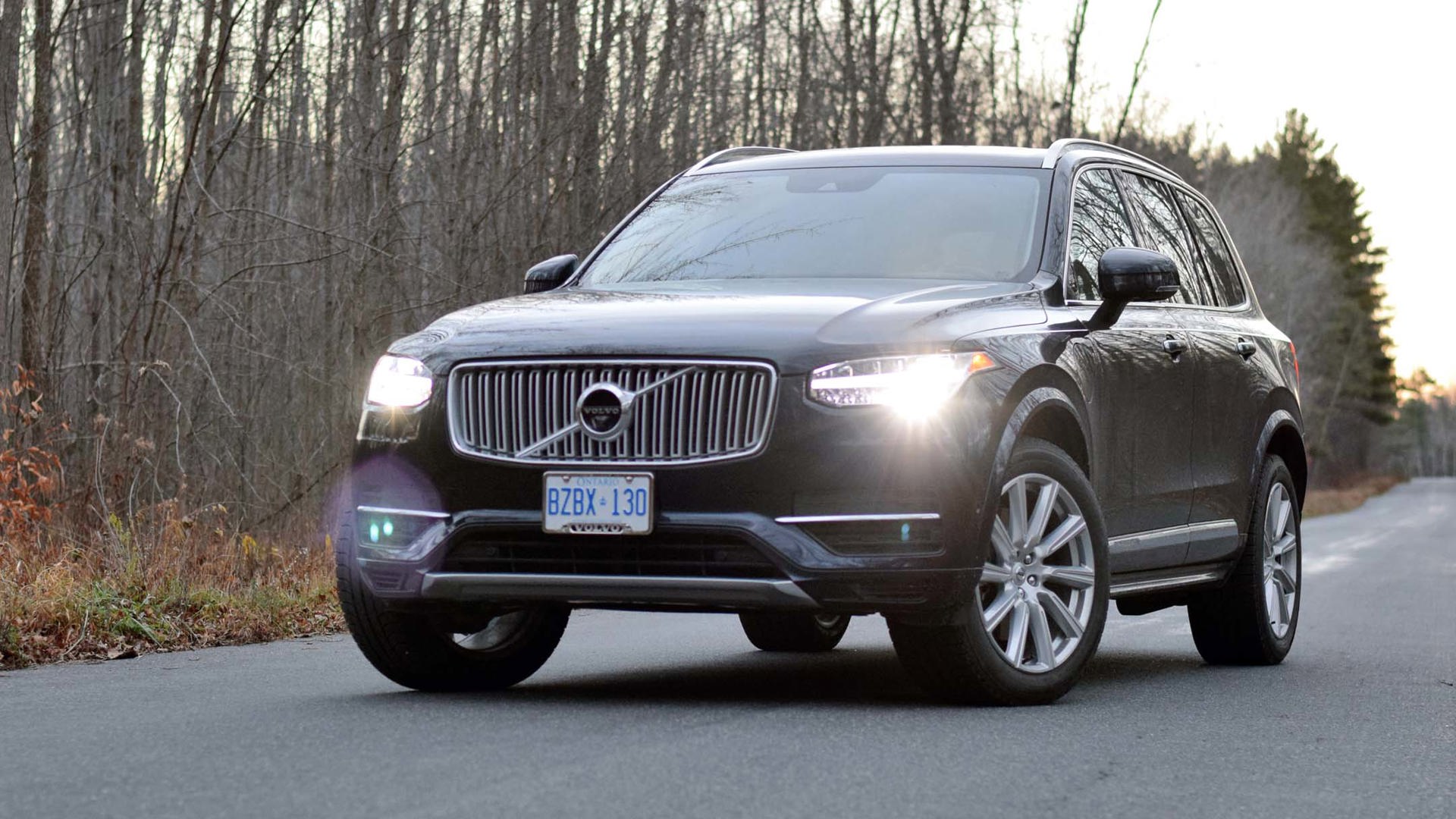 AutoTrader SCORE
AutoTrader SCORE
-
STYLING9/10
-
Safety9/10
-
PRACTICALITY8/10
-
USER-FRIENDLINESS7/10
-
FEATURES9/10
-
POWER8/10
-
COMFORT9/10
-
DRIVING FEEL8/10
-
FUEL ECONOMY9/10
-
VALUE8/10
The 2023 Volvo XC90, the brand’s largest sport-utility, has undergone some modifications for this year.
The automaker is now putting some form of electrification into every one of its vehicles, which means last year’s gas-only XC90 trims are gone in favour of a mild hybrid and my tester, the Recharge plug-in hybrid (PHEV). All trims also receive Google Built-In for their infotainment systems.
The XC90 Recharge starts in Core trim at $84,965, including a non-negotiable delivery fee of $2,315. There’s a mid-range Plus trim at $89,915, but I had the top-level Ultimate, starting at $95,865. Mine had a few add-ons, including an air suspension and premium stereo, that took it to $103,665 before taxes.
Styling: 9/10
The XC90 is a looker, well-proportioned and with enough curves to offset the overall functional-boxy shape of this SUV. All the design cues work well together: the 21-inch wheels tuck up into the wheel wells; the chrome in the front air intakes matches the side accents; and the taillights cradle the curve of the hatch.
The interior is equally lovely, with high-quality materials and typical uncluttered Scandinavian design that’s focused around the centre touchscreen – but the uncluttered lack of buttons means many functions aren’t always the quickest and easiest to use.
Safety: 9.5/10
The XC90 gets the highest Top Safety Pick+ award from the Insurance Institute for Highway Safety (IIHS). The front- and side crash tests have been updated to better simulate being struck by a large SUV, and many vehicles that did well on the old tests are getting lower scores now, but the XC90 achieved the highest “Good” on all. It also earns the top five-star crash rating from the United States National Highway Traffic Safety Administration (NHTSA).
All trims include such features as adaptive cruise control, blind-spot monitoring with rear cross-traffic alert, lane-keeping assist, road sign information, and the back-up camera required on all new vehicles. The mid-level Plus and my Ultimate tester further add highway driving assist and 360-degree camera views.
Features: 9/10
The XC90 comes well-equipped, as you’d expect for the price. New this year, the infotainment system includes Google Built-In, which includes Google Assistant, Maps and Play, and the ability to receive over-the-air (OTA) updates.
My tester included such as items as four-zone climate control, a panoramic sunroof, hands-free tailgate, auto-dimming mirrors, adaptive LED headlights, heated steering wheel, heated front and second-row seats with Nappa leather upholstery, ventilated front seats, integrated second-row booster cushion, rear-door sunshades, and crystal gear selector. It was further optioned with a package of suede-style headliner and massaging front seats for $1,700, and the standard premium sound system was swapped out for an even more impressive stereo for $3,750.
User-Friendliness: 7/10
It’s easy to get in and out of the XC90’s front- and second-row seats, but as is usually the case with three-row SUVs, it’s tougher to squeeze into that last row. That third row folds easily, but you have to reach in behind the second row to put them back up again. Many automakers put pull-straps on the third-row seatbacks so someone standing at the rear can put them back into place and they’d be helpful here, as would a powered third row.
Almost all functions are within the centre screen, including cabin climate and seat heating. The virtual assistant can handle a lot of tasks, but through the screen, most require a couple of steps, which can be very distracting. Some functions take a long time to activate, such as when you change the fan speed and then wait for it to actually adjust. The system can also take a while to load at start-up, especially if it’s cold, and you must wait until it does before you can adjust the temperature. Overall, Volvo’s infotainment system, even with the 2023 upgrade, is one of the company’s weak points.
Practicality: 8/10
The XC90 has the inherent practicality of an SUV, with flat-folding third- and second-row seats for extra cargo space. The optional air suspension can be lowered via a button in the cargo compartment so it’s easier to load. Small-item storage up front is acceptable if not spectacular, with narrow console cubbies, a covered console box, and large door pockets.
The XC90 Recharge can tow up to 750 kg (1,653 lb) if the trailer doesn’t have its own brakes, and 2,250 kg (4,960 lb) if it does. Integrated roof rails are included, and you can put up to 100 kg (220 lb) up top.
Comfort: 9/10
The XC90 seats up to seven. The front seats are very comfortable and supportive, with pull-out thigh extension cushions, and with massage in my tester. The second-row seats are also well-sculpted for support, and the centre chair includes an integrated booster cushion for children.
The two third-row chairs are flatter but still far better than the rock-hard cushions you get in many three-row sport-utes. However, the legroom is tight, especially if the second-row folks don’t slide their seats all the way forward. The ride is smooth and the cabin is quiet, and the XC90 is well-suited for keeping passengers happy on longer trips.
Power: 8/10
The XC90 Recharge is powered by a turbocharged 2.0L engine that, on its own, makes 312 hp and 295 lb-ft of torque. When combined with its electric motors, the system produces 455 horsepower and 523 lb-ft of torque. The system drives the front wheels through an eight-speed automatic transmission, and there’s a separate electric motor that powers the rear wheels as needed for all-wheel drive (AWD). The under-floor tunnel that would normally house a driveshaft is instead used to house the 18.8-kWh battery.
Acceleration is very quick when you put your foot down hard, but smooth and quiet during everyday driving. Once it’s been plugged in and charged, it has a rated range of 53 km on electricity alone. When that depletes, the system reverts to conventional hybrid operation – automatically switching between gasoline, electricity, or a combination, depending on driving conditions. In this mode, the hybrid battery self-charges through regenerative braking. The major benefit to a PHEV is that you can do a lot of your driving fuel-free if you regularly plug it in; but if you can’t, then unlike an electric vehicle (EV), you can continue driving as long as there’s gas in the tank.
Driving Feel: 8/10
This is a lovely vehicle to drive, all focused on smooth luxury and comfy coddling. The steering is light but precise, and the ride is composed and handles corners very well. The optional active chassis, bundled with a four-corner air suspension, continually adjusts to the road surface and soaks up bumps very well. It stiffens up and lowers the ride height in sport mode, although never so firm as to be uncomfortable; while the suspension lifts in off-road mode for cottage trails. The brakes feel good, without the harshness you can sometimes get when a vehicle has regenerative braking.
Fuel Economy: 9/10
The XC90 Recharge is rated by Natural Resources Canada (NRCan) at 9.1 L/100 km in the city, 8.6 on the highway, and 8.9 in combined driving in hybrid mode; 91-octane gasoline is required. On electric-only, it’s rated at 3.9 Le/100 km (for litres equivalent, comparing the electrical energy to a gasoline energy equivalent). I plugged it in regularly and used almost no fuel at all; on hybrid, I averaged just 7.7 L/100 km. It can be charged on regular household current or a 240-volt charger, but not on a DC fast-charger.
Among other premium PHEV competitors, its 8.9 L/100 km on gas is marginally better than the Audi Q5 at 9.0 and the Lincoln Aviator at 10.3, while the Porsche Cayenne and BMW X5 plug-ins are 11.3 and 11.5, respectively. Its 53 km of rated all-electric range also tops all of those, which run from 50 km for the BMW to 27 km for the Porsche.
Value: 8/10
Bang-for-the-buck is relative at this price level, but the XC90’s starting price comes in under most of its competitors, and most of them have only two rows of seats. The Volvo doesn’t have a lot of direct three-row premium PHEV rivals.
The XC90 starts at $84,965 for the Core and runs to $95,865 for the top Ultimate. The Audi Q5 PHEV starts at $78,950, but most rivals are more: the BMW X5 xDrive45e starts at $85,980, and the three-row Lincoln Aviator Grand Touring is $87,895. The Porsche Cayenne e-Hybrid starts at $102,050, while the Range Rover P440e begins at $141,381 (all prices including delivery).
The Verdict
The 2023 Volvo XC90 Recharge is handsome, comfortable, great to drive, and with the electric ability of its PHEV driveline, but it’s burdened with function controls that could be much better and far less distracting to use. Give it a test-drive if you’re shopping in its specialized niche, but be sure you’re as comfortable with its controls as you are with its seats before you make your decision.
| Engine Displacement | 2.0L |
|---|---|
| Engine Cylinders | I4 |
| Peak Horsepower | 312 hp @ 6,000 rpm (engine only), 455 hp (hybrid combined) |
| Peak Torque | 295 lb-ft @ 3,000 rpm (engine only), 523 lb-ft (hybrid combined) |
| Fuel Economy | 9.1 / 8.6 / 8.9 L/100 km cty/hwy/cmb (hybrid); 3.9 Le/100 km, 53 km range (electric-only) |
| Cargo Space | 447/1,183/2,427 L behind 3rd/2nd/1st row |
| Model Tested | 2023 Volvo XC90 Recharge T8 Ultimate |
| Base Price | $93,550 |
| A/C Tax | $100 |
| Destination Fee | $2,315 |
| Price as Tested | $103,765 |
|
Optional Equipment
$7,800 – Lounge Package of Nubuck headliner and massaging front seats, $1,700; Bowers & Wilkins premium sound system, $3,750; four-corner air suspension with Four-C active chassis, $2,350
|
|
